Iran Part 3: Discovering Kerman Province
Millennia-old adobe cities and bizarre desert castles (40)
After two weeks in the Persian Gulf region we wanted to explore another part of Iran. But where to go next? The country is huge and the sights are so widely scattered that it seems impossible to plan an ideal cycling route. We therefore decide to take a new approach: We travel by bus or train and visit those places that fascinate us, rather than trying to cover everything by bike as we have done in other countries before. We quickly notice that other cyclists are doing the same, which confirms our decision.
From Bandar Abbas we decide to travel to Kerman Province in the southeast of the country, there are said to be some of the most beautiful fortified adobe cities in Iran and also the impressive Dasht-e-Lut (Dasht = desert), one of the hottest places on earth. We pack our bikes into the luggage compartment and cover the 600 km to Bam comfortably by bus. When we step out of the bus, we’re surrounded by date palms and adobe buildings, what a contrast.
Bam: the largest adobe building worldwide
Our first stop is the oasis town of Bam, an impressive outpost on the edge of the desert and once an important trading center on the Silk Road. The city was famous for cotton and silk garments and the fabrics were so fine that they found their way into the closets of kings. Thanks to a series of ingenious underground irrigation canals (qanats), life was able to flourish in this inhospitable environment and agriculture can still be practiced today and picturesque date palm plantations surround the city.
Bam is known for the largest adobe fortress in the world, the Arg-e-Bam. The origin of this enormous citadel can be traced back to the Achaemenid period (6th to 4th centuries BC) and even beyond. The heyday of the citadel was from the 7th to 11th centuries, being at the crossroads of important trade routes. The adobe citadel provided a constant stream of tourists to this otherwise remote corner of Iran. At least that was the case until 2003, when a 6.3-magnitude earthquake largely destroyed the city and the citadel in December. The earthquake killed 31,000 people, nearly half the population. Tens of thousands were injured and an estimated 100,000 were left homeless, with almost every family affected. A large part of the Arg-e Bam was also reduced to rubble and the dimensions of the earthquake can still be seen today. It’s always frightening how much history and stories can be buried by earthquakes in such a short time.
After the earthquake, Bam became the largest adobe construction site in the world. The outer walls and many houses were destroyed, but the qanats and the foundation walls of the citadel remained. The UNESCO prepared a comprehensive plan for reconstruction and repaired the city using the original architectural techniques and materials. Already 90 percent is said to be restored today.
The 2,500-year-old fortress with the old town inside is now a UNESCO World Heritage Site, but the tourists haven’t returned yet in large numbers, which may be due to warnings from foreign offices, as this region is part of an important drug smuggling route for opium from Afghanistan. Therefore, it’s no surprise that we are the only foreign tourists roaming the huge sand castle this late afternoon. We enter the restored entrance gate, which gives a hint of its former splendor. Behind it, however, some residential buildings are purposely left to imagination as the UNESCO doesn’t allow to entirely hide the effects of earthquakes. For the first time we see a castle built entirely of adobe and are completely fascinated by it.
From the largely restored fortress inside the castle you get a good overview of the city walls and the size of the former adobe city. It looks beautiful in the evening light and we are once again enchanted by Iran and wish that soon more tourists return to Bam.
Adobe villages, headwind and cold desert nights
From Bam we start cycling again. Our next destination is the city of Kerman, the starting point for tours into the Dasht-e Lut. It’s our first desert trip in Iran and instead of seeing sand dunes and dromedaries, we freeze in the cold nights. Once we pitch our tent at over 2500 m.a.s.l. and have to put on our warmest clothes. In such moments we don't regret that we always have everything with us and don't regularly send winter clothes home or have summer clothes sent to us. We keep passing police checkpoints along the main road, but they let us pass easily and just smile at us. We’re lucky, because we almost forgot that we still have a plastic bottle filled with Iranian wine, which was given to us by a baker in Bam. The wine is actually quite good and helps us to keep warm in the chilly desert nights.
There are many trucks on the main road and the traffic doesn’t seem to decrease. It’s not enjoyable and we decide to take an alternative route along a side road, definitely not a shortcut. We pass adobe villages that are still inhabited. Adobe is Spanish for mud brick and it’s exactly that: mud mixed with other organic matters and turned into bricks and dried. Living in an adobe house has many advantages, the material is abundant in this area, it's durable and yet biodegradable and provides a pleasant climate all year round. Nevertheless, we assumed that today such buildings are only used as stables or storage rooms and weren’t aware that there are still numerous inhabited adobe villages in this area. Such things are probably not mentioned in a guide book and thereby we get a lot of attention as we cycle through the villages.
As always in those moments, we wonder what it’s like to live in such a village. But this time we don’t just think about it, as a nice family invites us to chai. Although not in an adobe house, but otherwise in a typical Iranian house with a large living room, which is completely covered with carpets and otherwise only sparsely furnished. The room heater is a dangerous installation made of a metal wire that is supplied with electricity.
Unfortunately, no one in the family speaks English and so we communicate with our meager knowledge of Farsi and show photos of our route and Switzerland. Various neighbors come by and everyone sits curiously around us. After finishing our tea, we’re also invited for breakfast, then lunch and for an overnight stay with the neighbors. This would have been an exciting experience for sure, but for us it didn't feel right to overstretch the hospitality of this family, because it was clear that they didn't have much money and they would have provided us with everything possible. Besides, it was just 11 o'clock and we had only driven 12 km that day, so we said goodbye and decided from now on to only accept invitations when someone speaks English, so that it comes to an exchange and we don't feel like guests who can just accept without giving anything back. We are grateful to be allowed to get such insights into the life of the Iranian people. Something that’s not possible in many other countries.
After this invitation, we’re confronted with strong headwind and every pedal stroke is a struggle. We’re completely exhausted when we reach Rayen and decide to stay in a guesthouse instead of camping tonight.
The adobe citadel of Rayen and our first Persian garden
The guesthouse of the painter Reza turns out to be a real stroke of luck with a great view, good food and even a concert by his friends that are playing traditional Iranian instruments. Rayen is located about 100 km south of Kerman and 2'200 m above sea level and on the slopes of Kuh-e Hazaran (4500), one of the highest mountains in Iran.
The main reason to visit Rayen is the very well-preserved Arg-e Rayen, the 2nd largest adobe citadel in the world. We are completely amazed by this impressive adobe castle and the snow-capped mountains in the background form a beautiful contrast to the surrounding desert landscape. Compared to Bam, most of the houses still have part of the outer walls and it’s easy to imagine what the city must have looked like at the time of its maximum splendor. The castle has only one entrance which leads to a large courtyard and a residential area with the school, mosque, cellar, bakery and stables.
The medieval city, which is thought to be well over 1000 years old, was inhabited until about 150 years ago, probably a reason for the good condition, as adobe buildings need constant care in order not to be destroyed by rain or the harsh desert climate. Particularly beautiful is the noble quarter with the square citadel of the governor with four round towers at the corners and several living rooms. From the upper floor, one can see the entire city wall of Rayen. You can explore freely, but there’s no railing and you have to be careful where you put your feet. But that doesn't seem to stop Iranian families with children from exploring and we also climb one of the watchtowers and try not to look down.
Near Rayen is the small town of Mahan, known for the royal garden with the wonderful name Bagh-e Shazdeh from the Qajar dynasty (19th century). Especially from above, the garden probably looks spectacular, a splendid oasis in the heart of the desert. But unfortunately, we don't have a drone with us, as this would have been illegal in Iran. Especially on weekends, the garden is a popular destination for Iranians for a walk or a picnic. It’s not a surprise that we meet a few young couples who enjoy some time alone and away from their family. As soon as you enter the garden, you’re surrounded by tall green trees and flowing mountain water and in the middle there is a villa with a teahouse. The villa is the former residence of one of the last princes of the Qajar dynasty. Drinking a tea in a Persian garden is probably part of the ultimate Iran experience (next to drinking coffee in an old caravanserai or haggling at the bazaar). And also for these experiences we don't have to wait much longer, because a well-developed bicycle path (!) brings us from Mahan directly to Kerman and our first Iranian bazaar.
Kerman: the longest covered bazaar street in the country
The city of Kerman (population about 540,000) is surrounded by mountains and desert and has a pleasant spring-like climate. Besides some beautiful mosques and a bathhouse, the city is mainly known for its bazaar. It’s said to be the longest covered bazaar street of the country with 1.2 km. And Dario is only slightly excited that we’ll also have to visit the other bazaar superlatives such as the country’s oldest or biggest bazaar. The brick vault of the covered bazaar of Kerman dates for the most part still from the 17th century and even today there is a colorful hustle and bustle here and between dwellings, arcades, mosques, bathhouses and caravanserais merchants offer the most diverse goods. One finds cheap clothes from China, expensive carpets, household goods and toys made of plastic, valuable gold jewelry and spices. In between there are beautiful handicrafts made of copper and ceramics. The special thing about the Iranian bazaars is that they aren’t purely tourist markets, as for example in Marrakech or Istanbul, but simply the everyday market for the locals, for whom shopping in the bazaar is more normal than visiting a hypermarket. Kind of nice.
It’s always worth deviating from the main street of the market to explore the various courtyards. The centerpiece is the Ganj Ali Khan complex from the Safavid dynasty, around whose spacious courtyard extend the bazaar, a wind tower, a cistern, a madrasa and a beautiful two-story caravanserai with numerous handicraft stores. One of the most beautiful buildings is a small hidden mosque, which was used by the guests of the caravanserai and the students of the madrasas. The door is closed, but a friendly shopkeeper opens the mosque just for us. We climb the sparsely lit stairs and are amazed by the richly decorated dome with geometric patterns. We are always fascinated by the muqarnas (stalactite vaults), a large number of pointed arch-like elements placed inside and on top of each other to form a transition between the walls and the dome. It’s a special feeling to be completely alone in this spiritual place.
Adventure trip to Keshit Canyon and Dasht-e Lut
When we started planning our trip to Iran, it was clear from the beginning that we wanted to visit the Dasht-e Lut, as we were fascinated by the pictures of this surreal landscape and the bizarre rock formations called Kaluts (desert castles) and we just had to see it with our own eyes. The Dasht-e Lut is a place of extremes and is one of the hottest places in the world. Measurements by NASA once indicated temperatures over 70 degrees Celsius and it’s said that you can even fry eggs on the hot soil. The vast area of Dasht-e Lut occupies 10% of the area of Iran and is located in a basin surrounded by mountains.
You could cycle as far as the oasis village of Shahdad, but we wanted to really immerse ourselves in the desert and also visit the very remote Keshit Canyon, so we opted for a guided 2-day desert tour with a tour guide. The friendly Ali picks us up the next morning and shortly after we are involved in a conversation about Iranian music and how difficult it is to build up a business in a country when you have no planning security. Like so many others, he is thinking of emigrating to Canada. Too bad, because the tours he offers with his company Azure Dome have a lot of potential in this comparatively little visited corner of the country.
From Kerman we drive up a mountain pass and then it even goes below sea level towards the desert and it gets hotter and hotter. We reach some picturesque oasis villages and feel reminded of Oman while walking along the palm trees. It is around 36° degrees hot at the beginning of March and we’re glad that we’re here now and not later in the year. We visit the abandoned adobe village of Keshit, where date palms were used as building material for the roof.
Shortly after the village a crack runs through the barren landscape, the picturesque Keshit Canyon is a green oasis in the middle of the desert and the highlight is a waterfall with a natural swimming pool. We descend into the canyon and take a bath with a view of the waterfall and surrounded by an impressive scenery. Only the numerous fishes that nibble at us disturb the idyllic scenery a little bit. This would be an amazing camping spot, but it would have involved a very big detour to reach this remote place with our bicycles. Back in the car our driver surprises us when he suddenly decides to drive along the canyon instead of the road. Over hill and dale and through water streams he navigates the car through the canyon and then we stop for a picnic in a beautiful place surrounded by palm trees.
It’s already dark when we reach the well-known Kaluts of Dasht-e Lut. The Kaluts are up to 90 m high sandstone formations with quite bizarre shapes, formed by millennia of wind erosion. Our driver knows the way exactly and drives over rough sandy roads to a campsite. After dinner we unroll our sleeping bags at the feet of a Kalut and are excitedly waiting for the sunrise. And then the time has finally come, it slowly begins to dawn and we recognize more and more shapes around us. Light and shadows turn the scene into a shimmering canvas of gold and brown and the rock formations are of such a breathtaking beauty that we can hardly describe it with pictures and words.
We sit there speechless and no longer know which direction to look. Is this still real, are we really here? Neither of us can produce anything more profound than a regularly murmured "wow". The desert is like an empty cinema where the movie is not yet playing and the silence surrounding us slowly fills with our thoughts. Where there is so much emptiness, there also seems to be more room for thoughts that are not blocked by anything.
We leave the spectacular Kaluts and take a barely recognizable sandy off-road track to the plateau Gandom Beryan, one of the hottest places in the world. And indeed, the windswept desert plateau peppered with chunks of black volcanic rock and the salt river below looks hostile to life. We climb up the 200 m high plateau and are amazed by the emptiness around us. A place where you don’t want to stay and at the same time it’s fascinating. It's hard to imagine a bigger contrast to Switzerland.
We return to Kerman to more pleasant temperatures and we say goodbye to Ali and extend our Iran visa in a chaotic office. We’re now allowed to stay at least one month longer in the country, afterwards we have to apply for a 2nd extension in another city. We look at the map of Iran and think about which route makes the most sense and decide to finally visit a tourist highlight after three weeks in the little visited south and southeast of the country and we were not disappointed. Find out where we’ll go in our next blog.

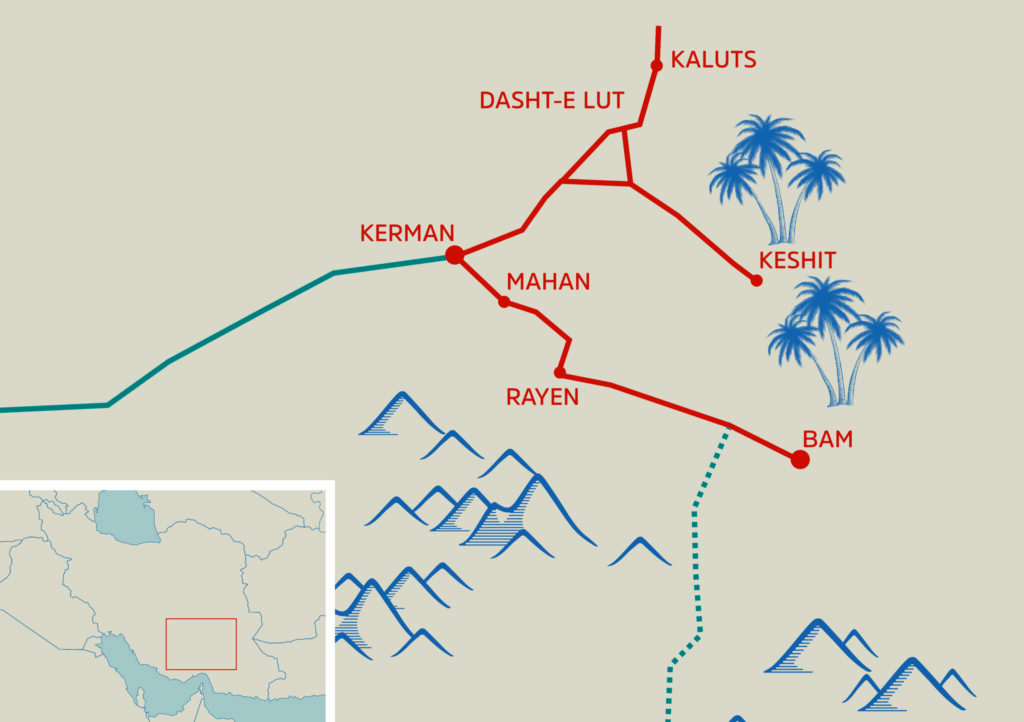
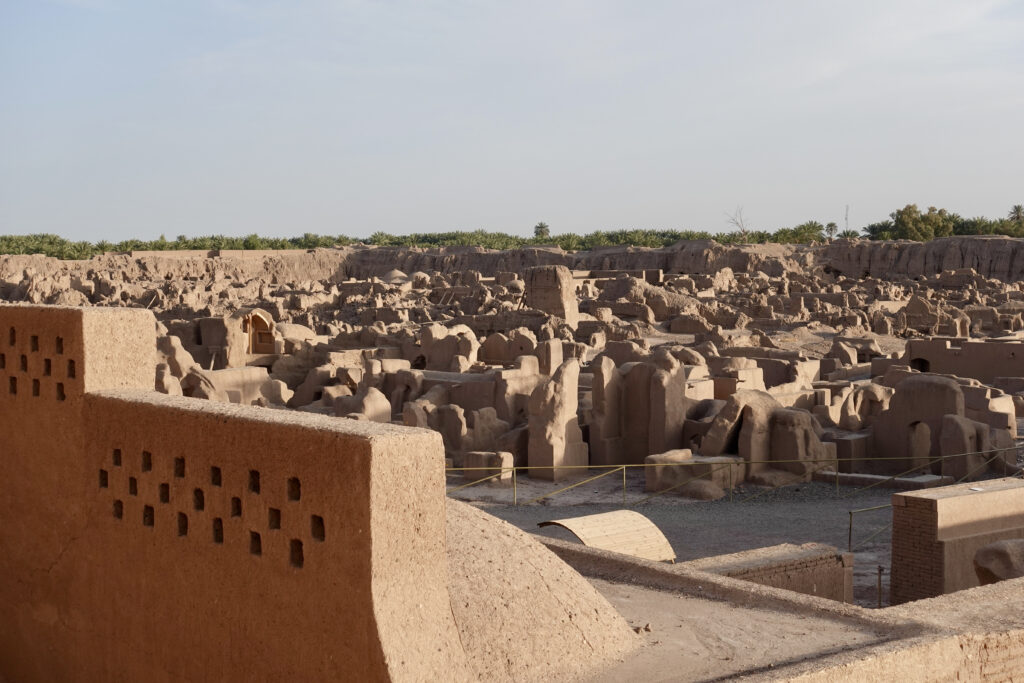


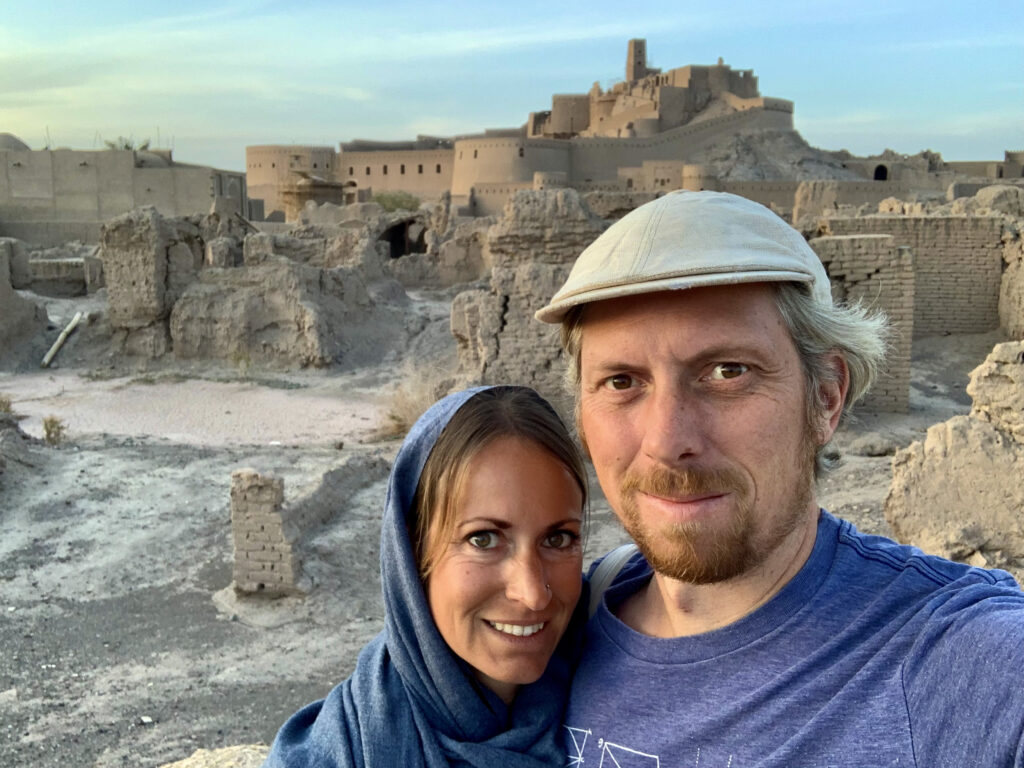
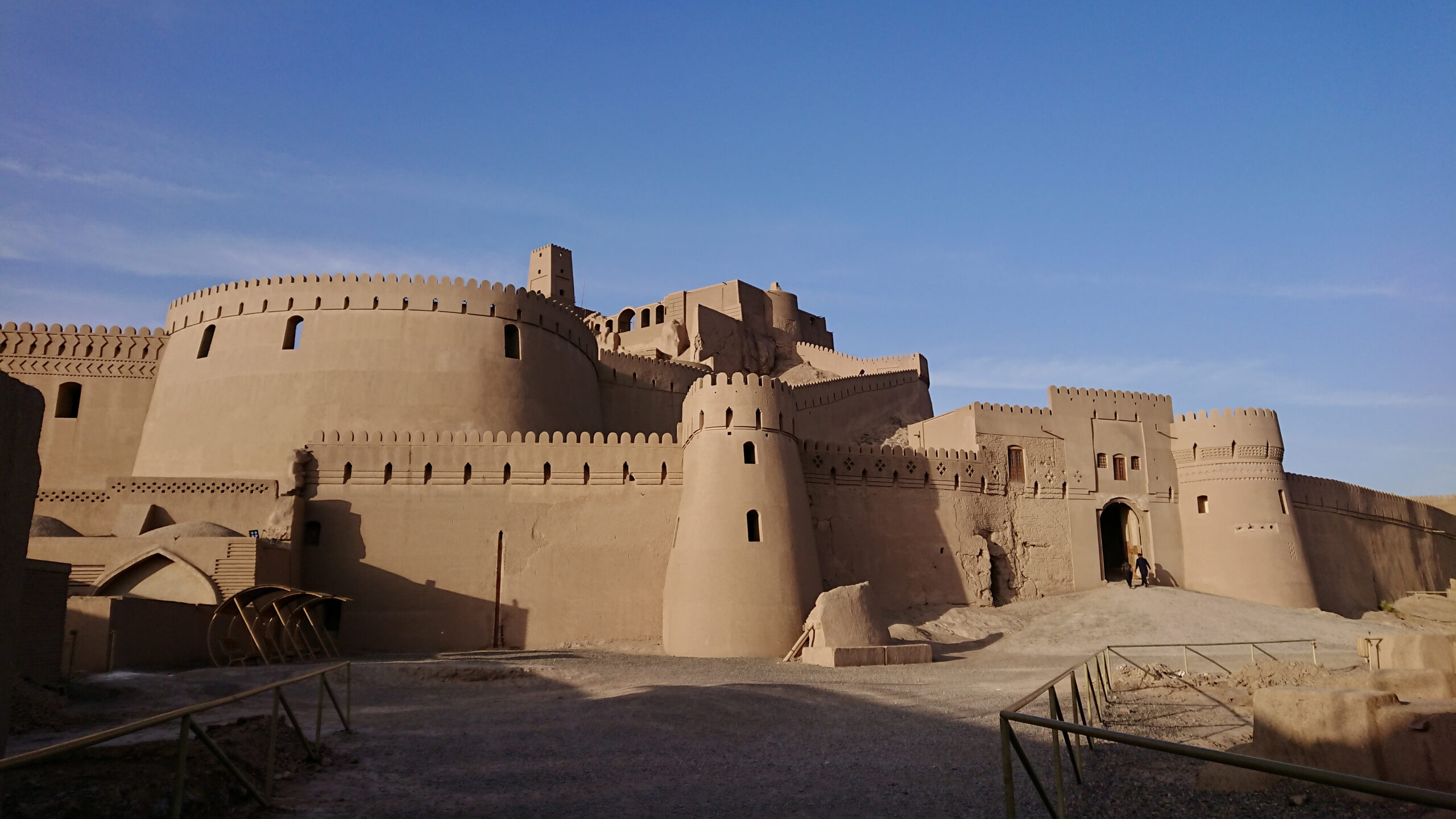
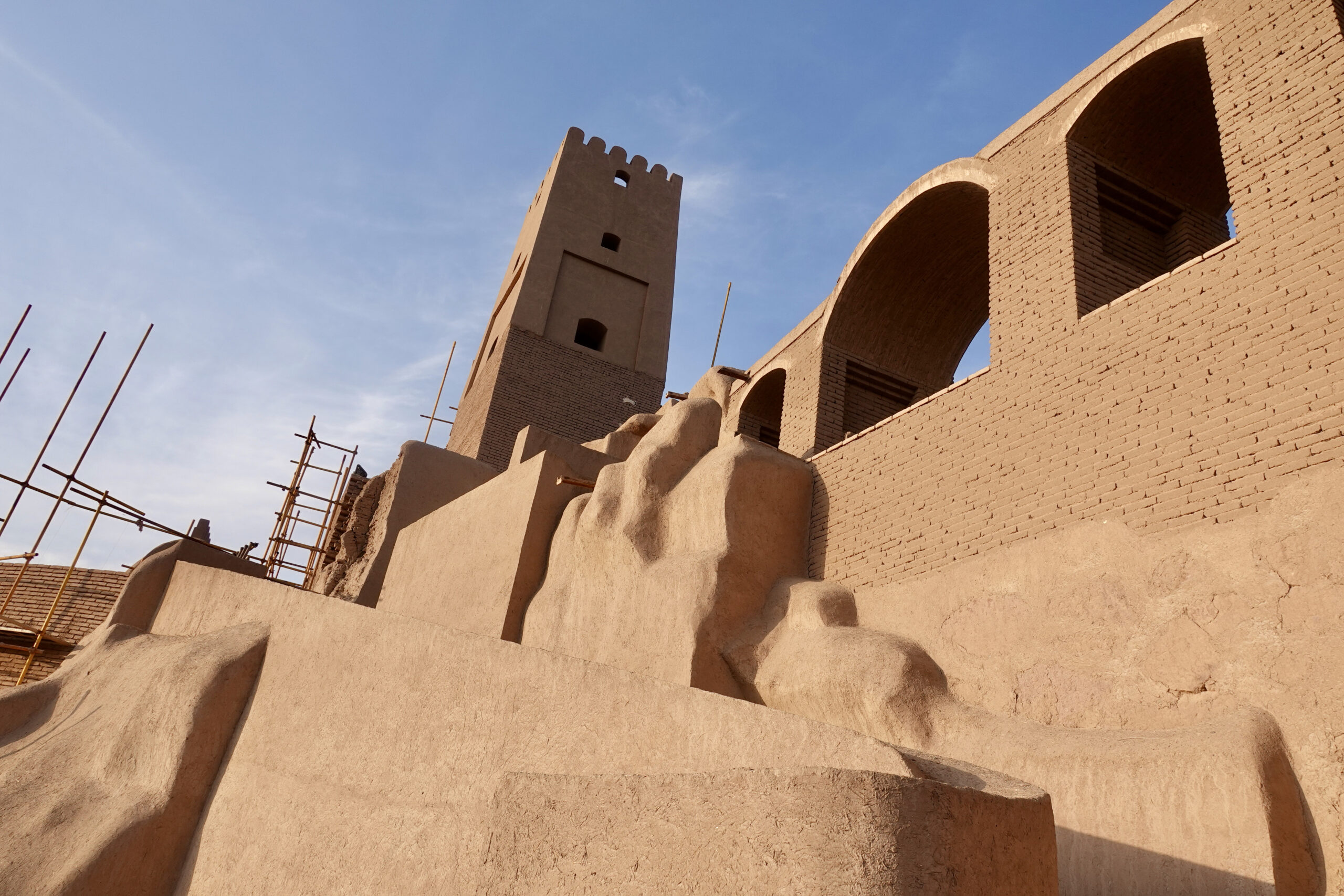


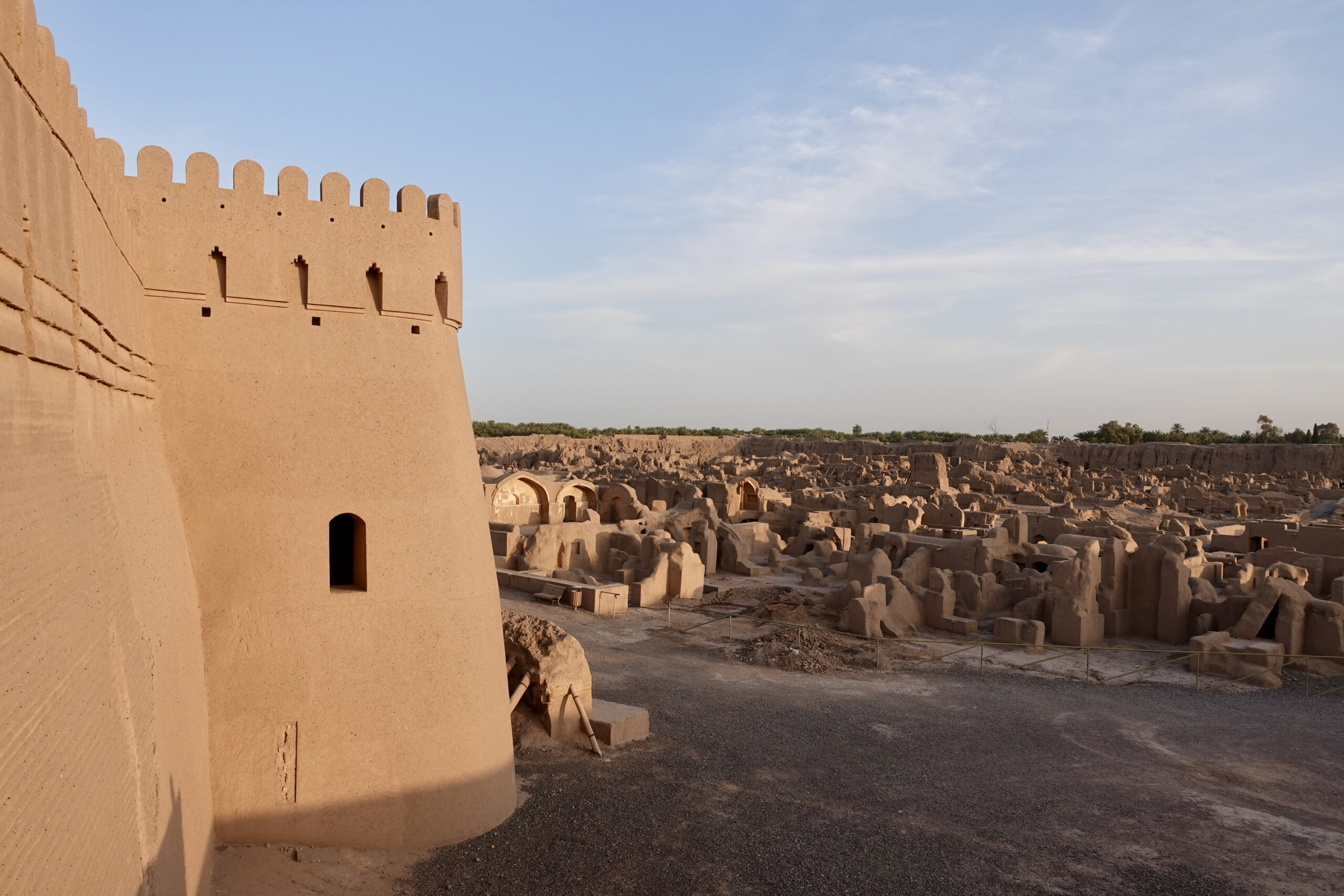
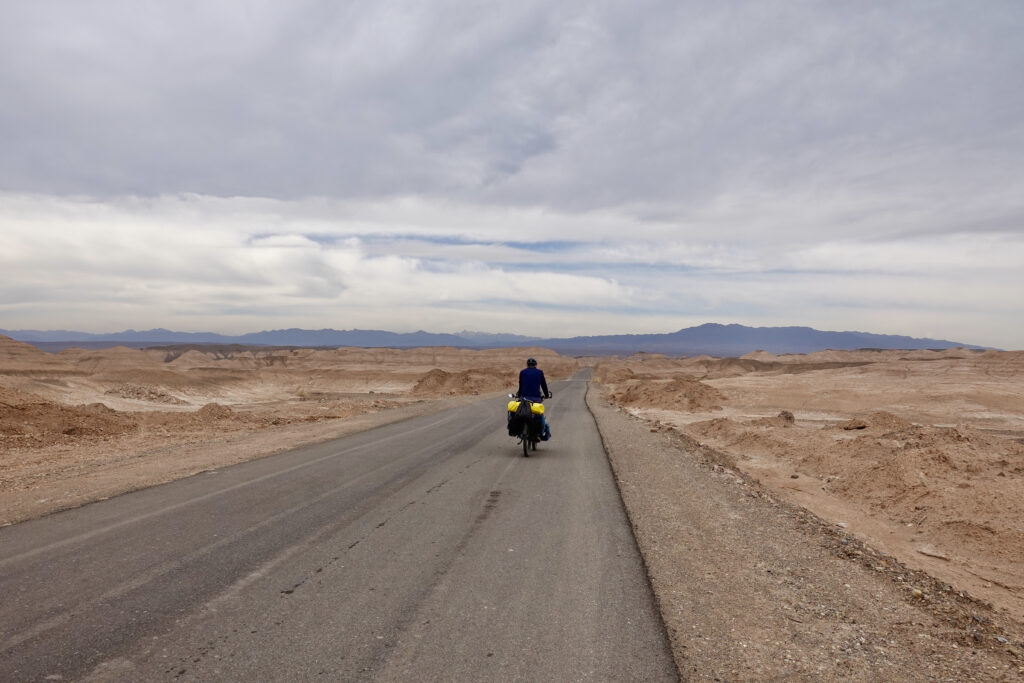
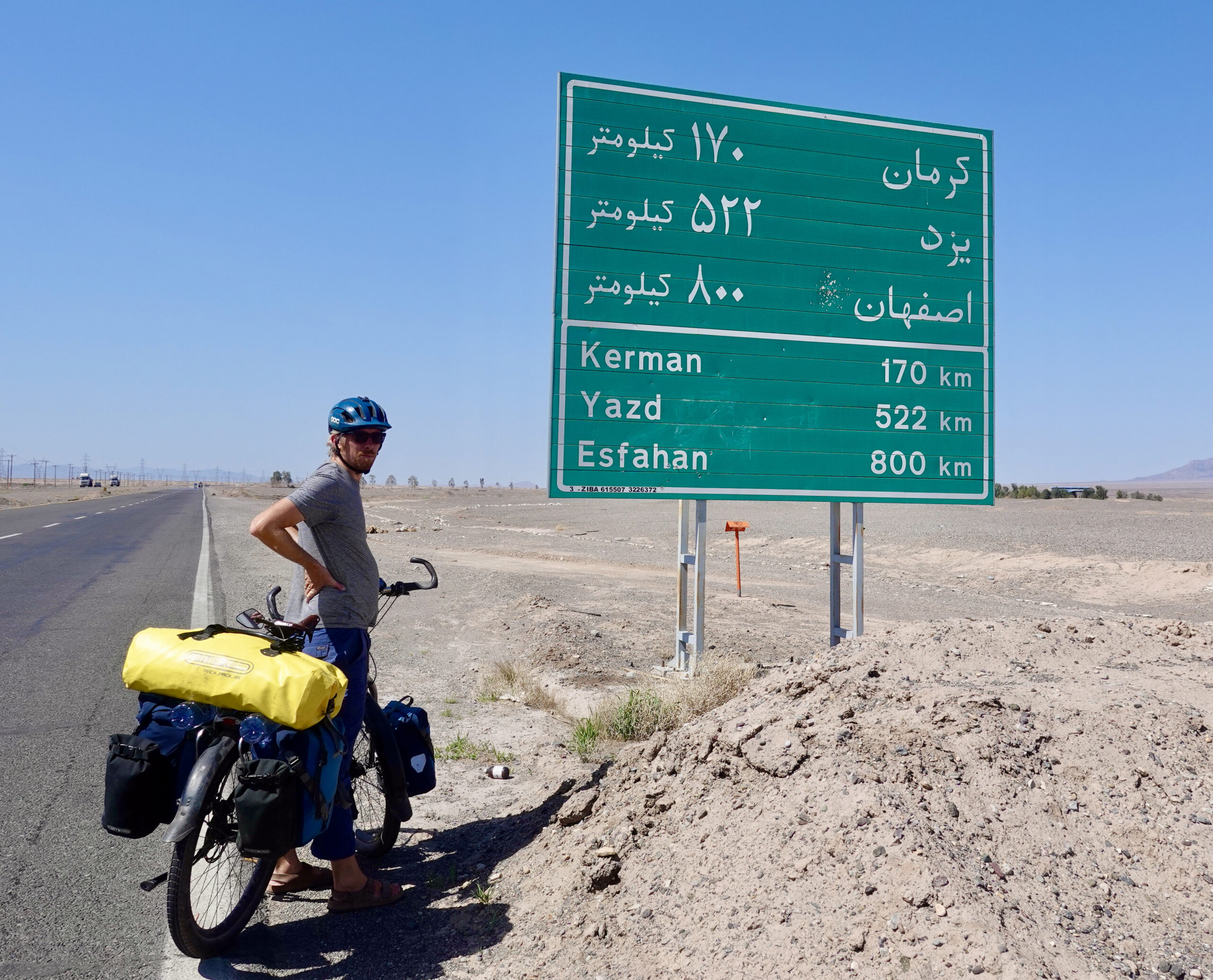
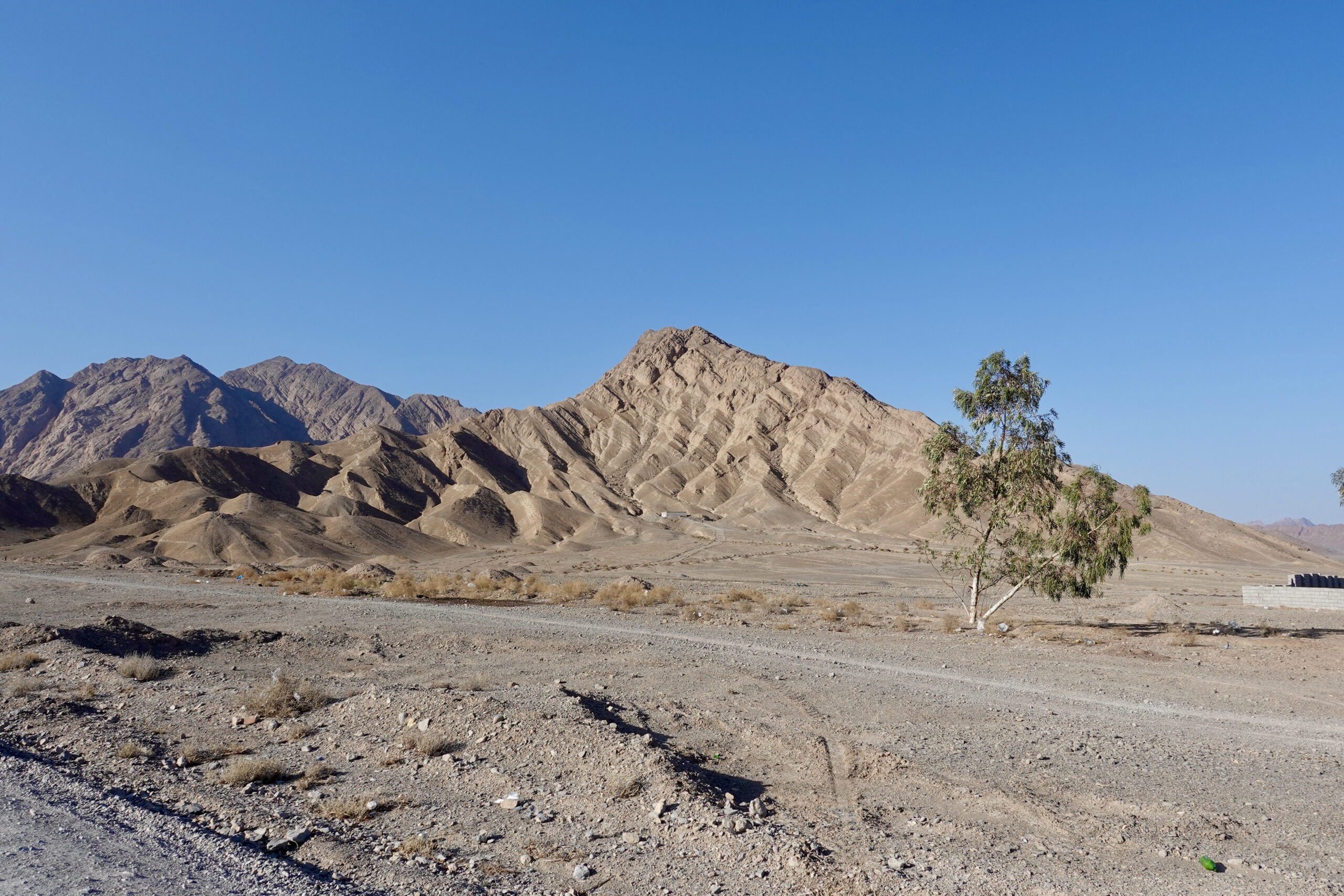
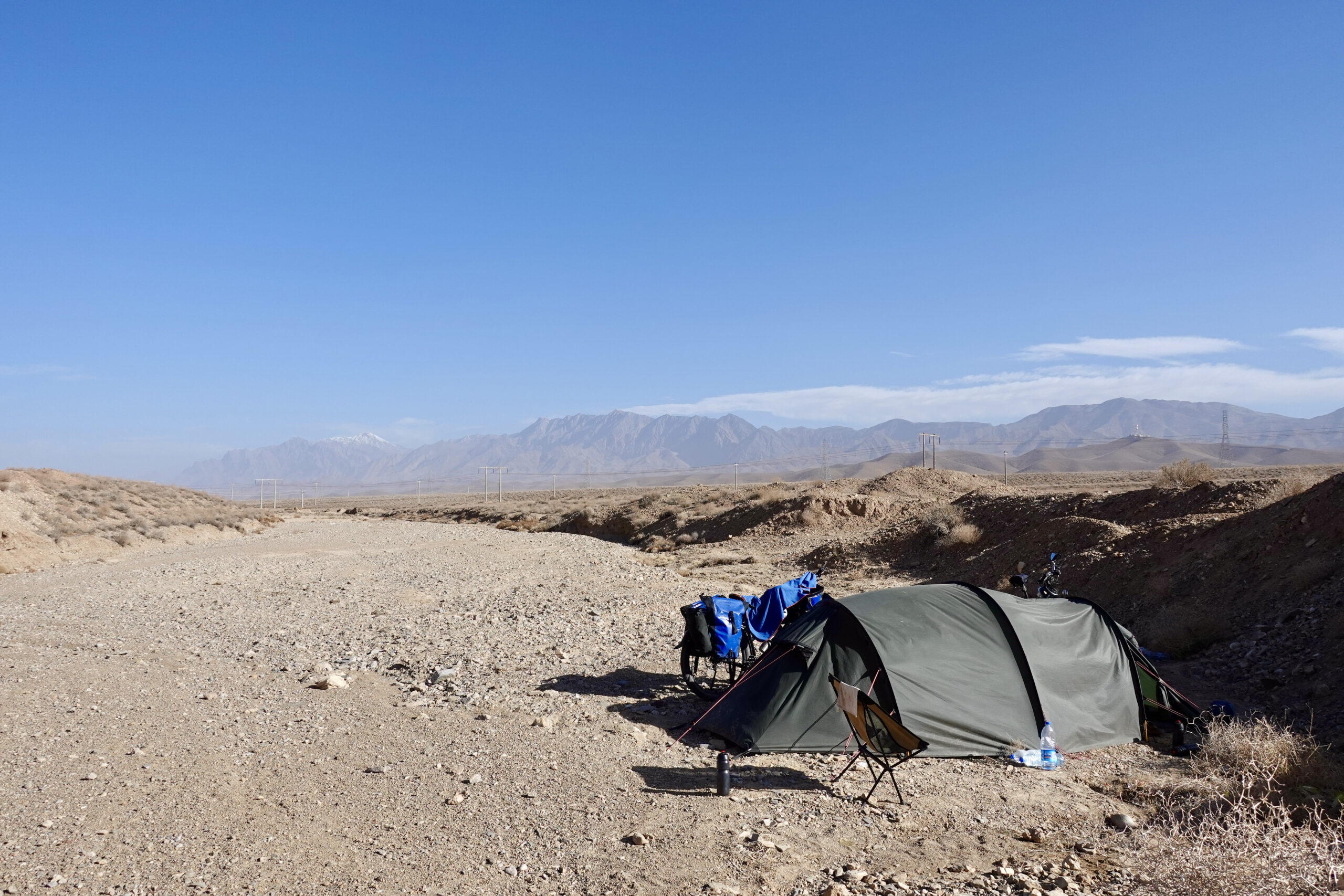

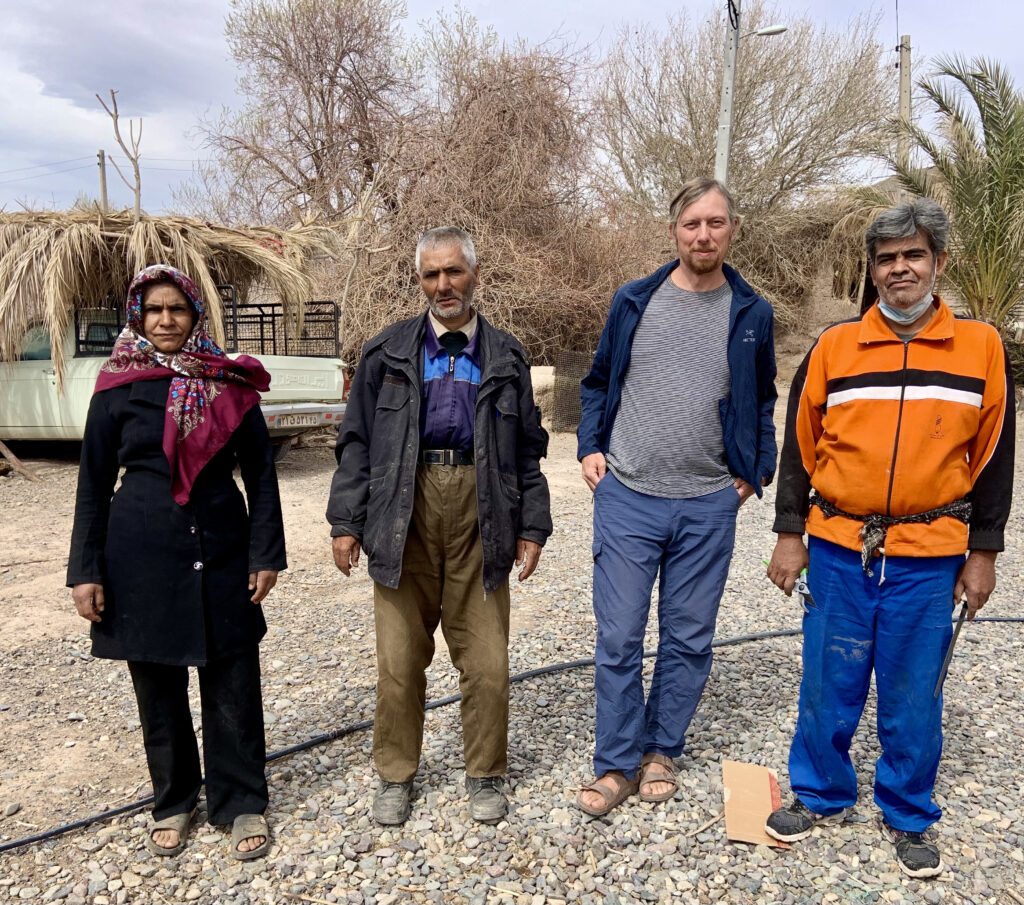


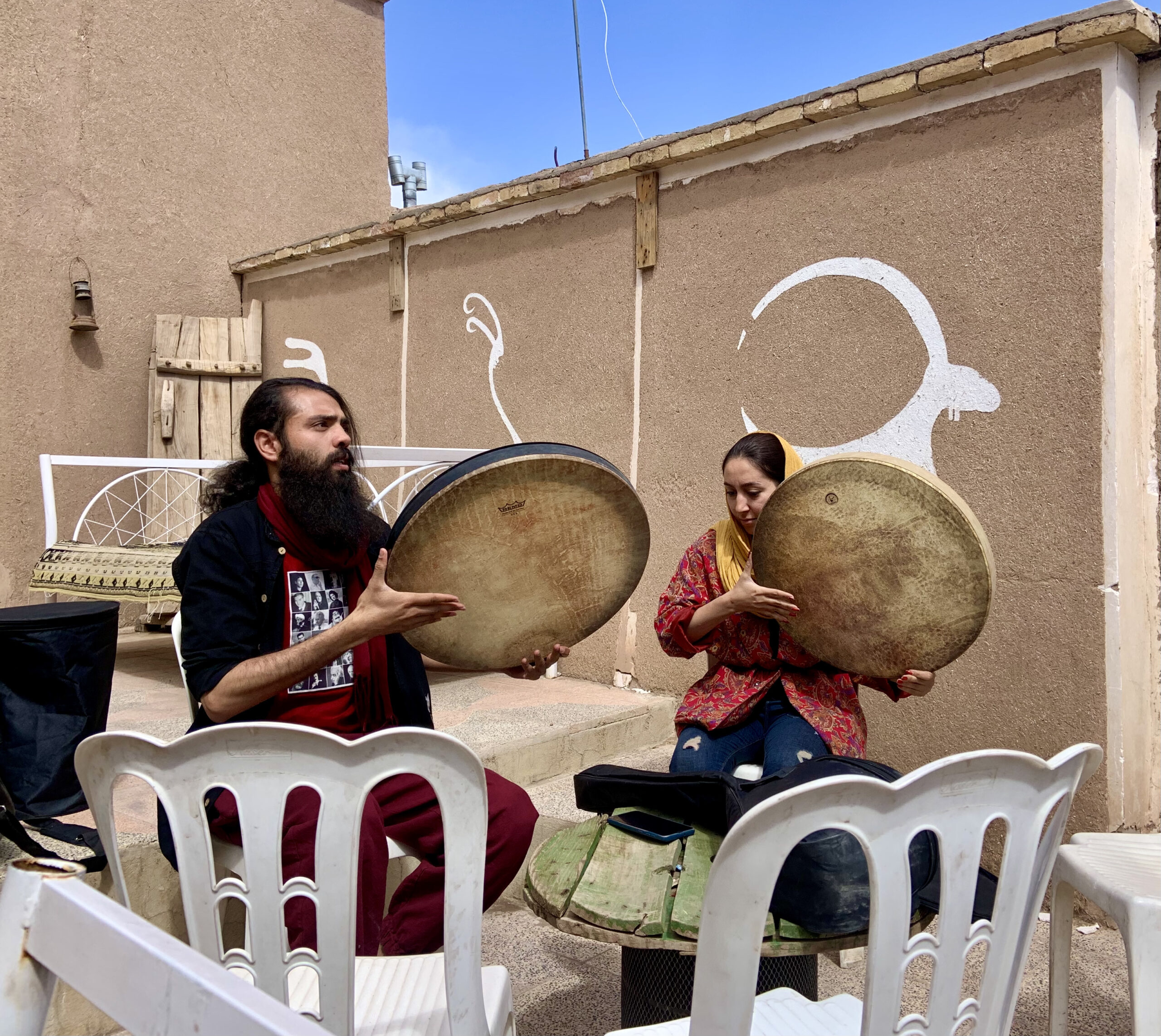
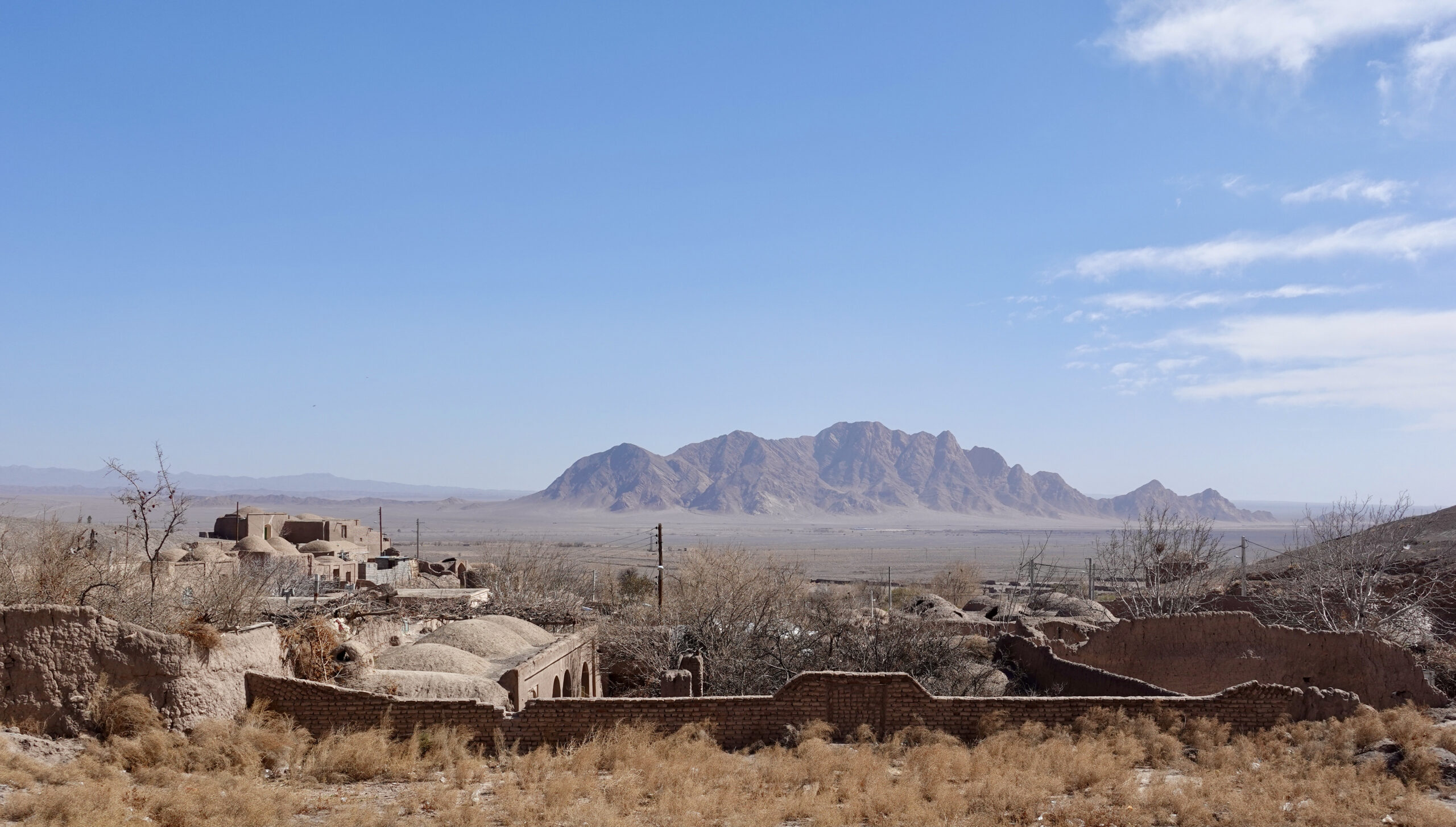

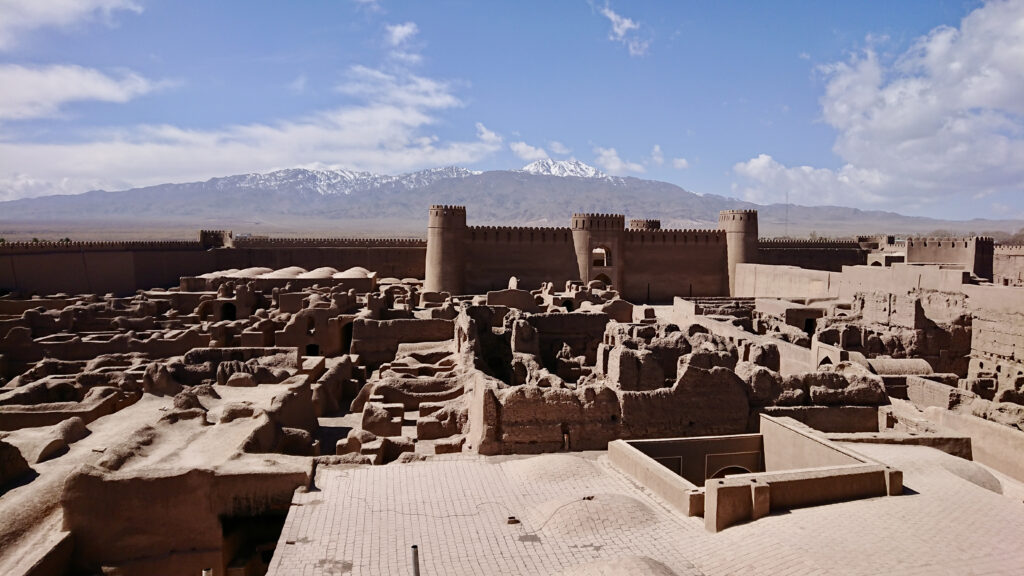
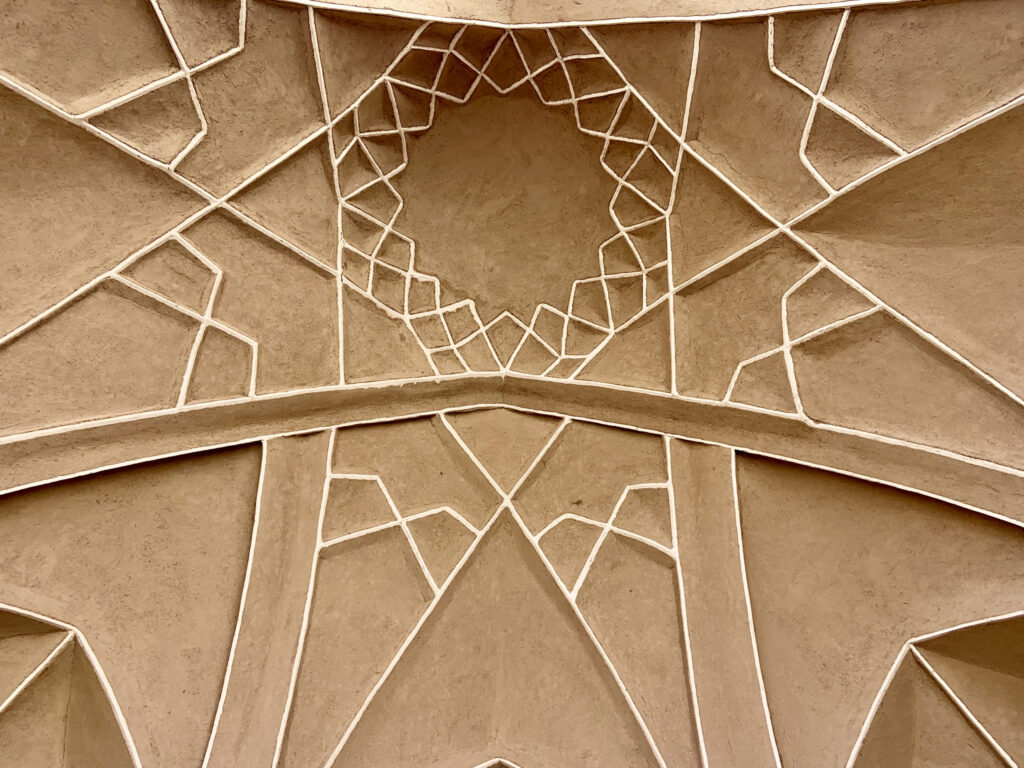

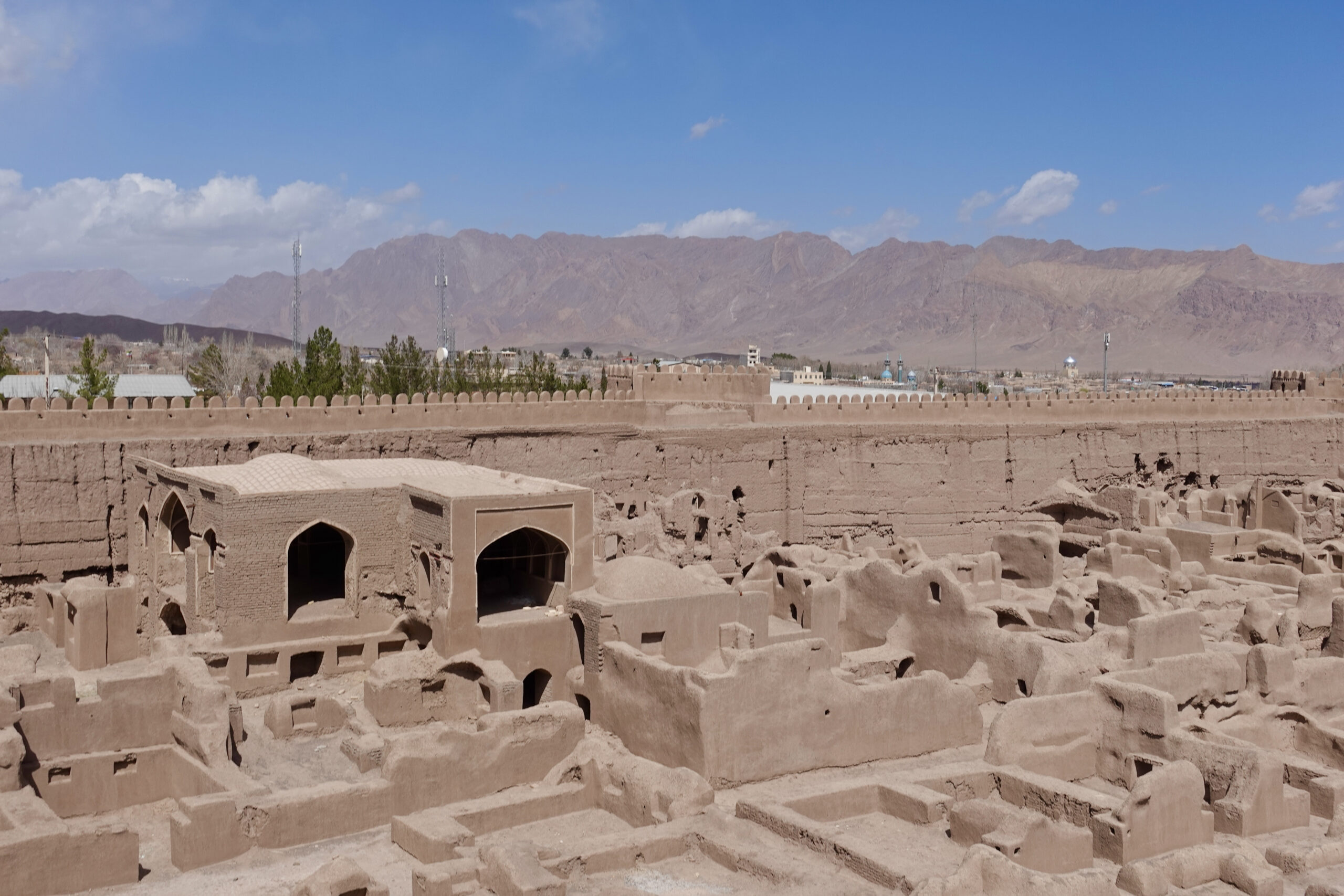
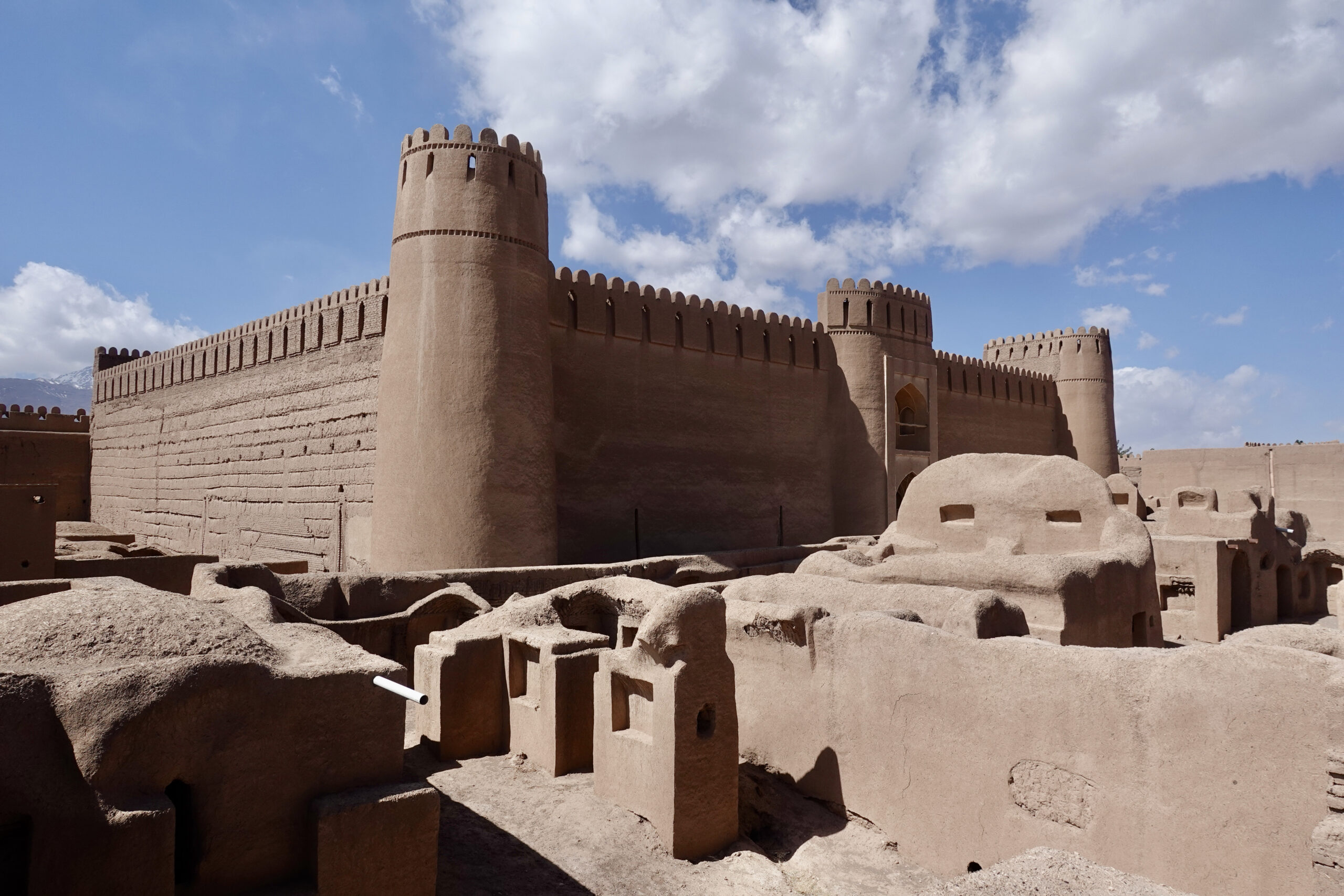

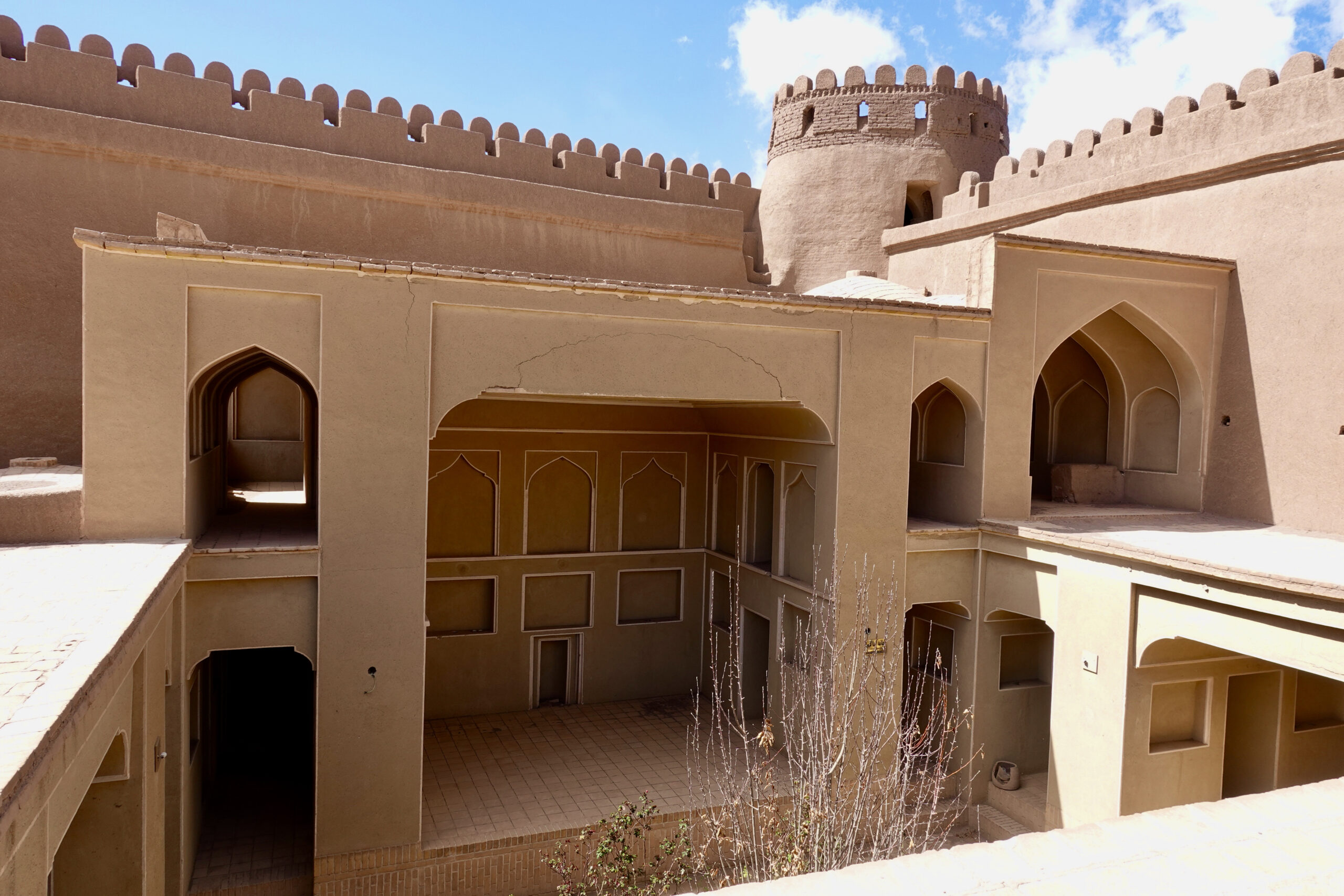


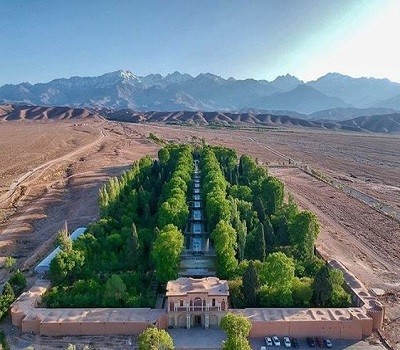
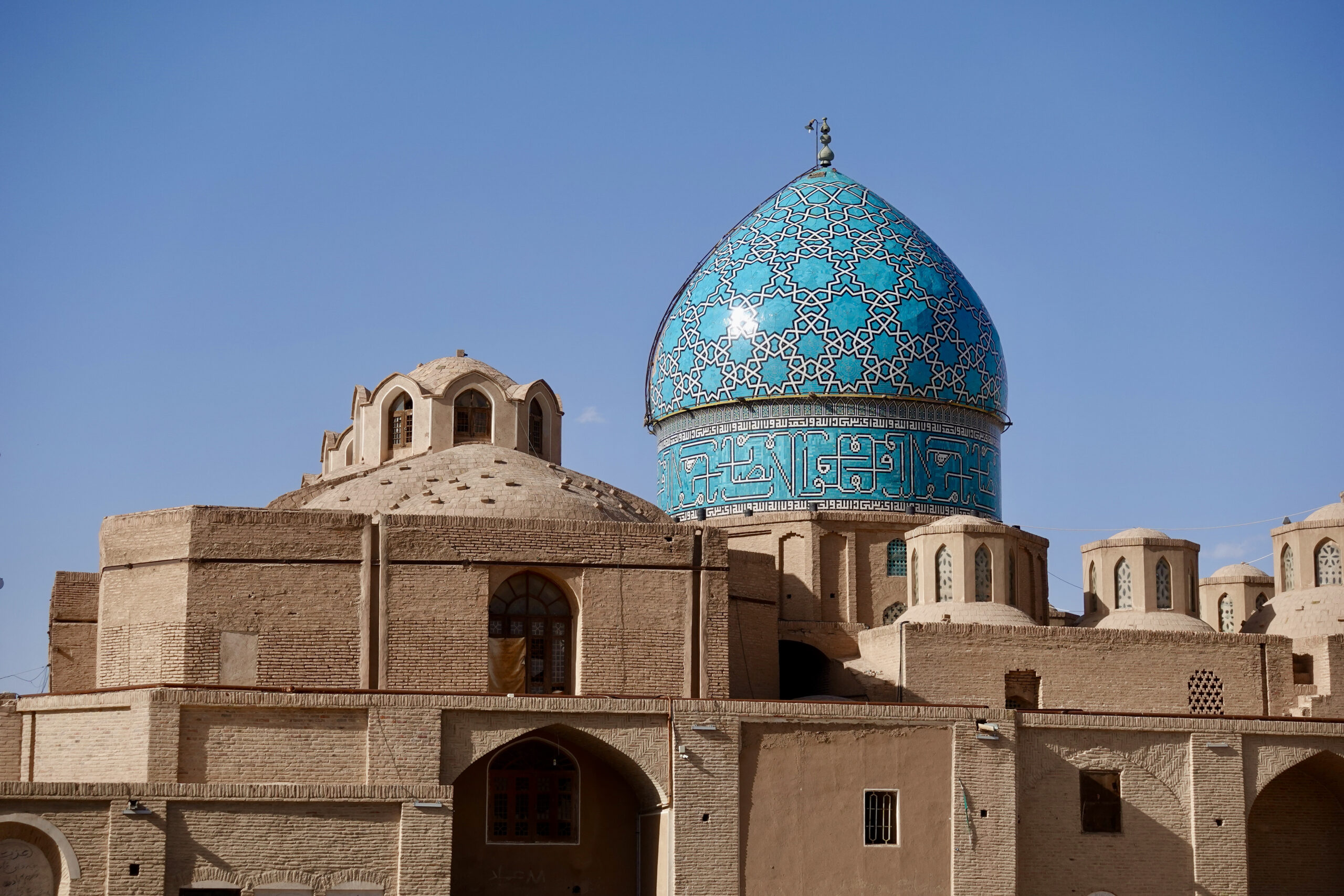

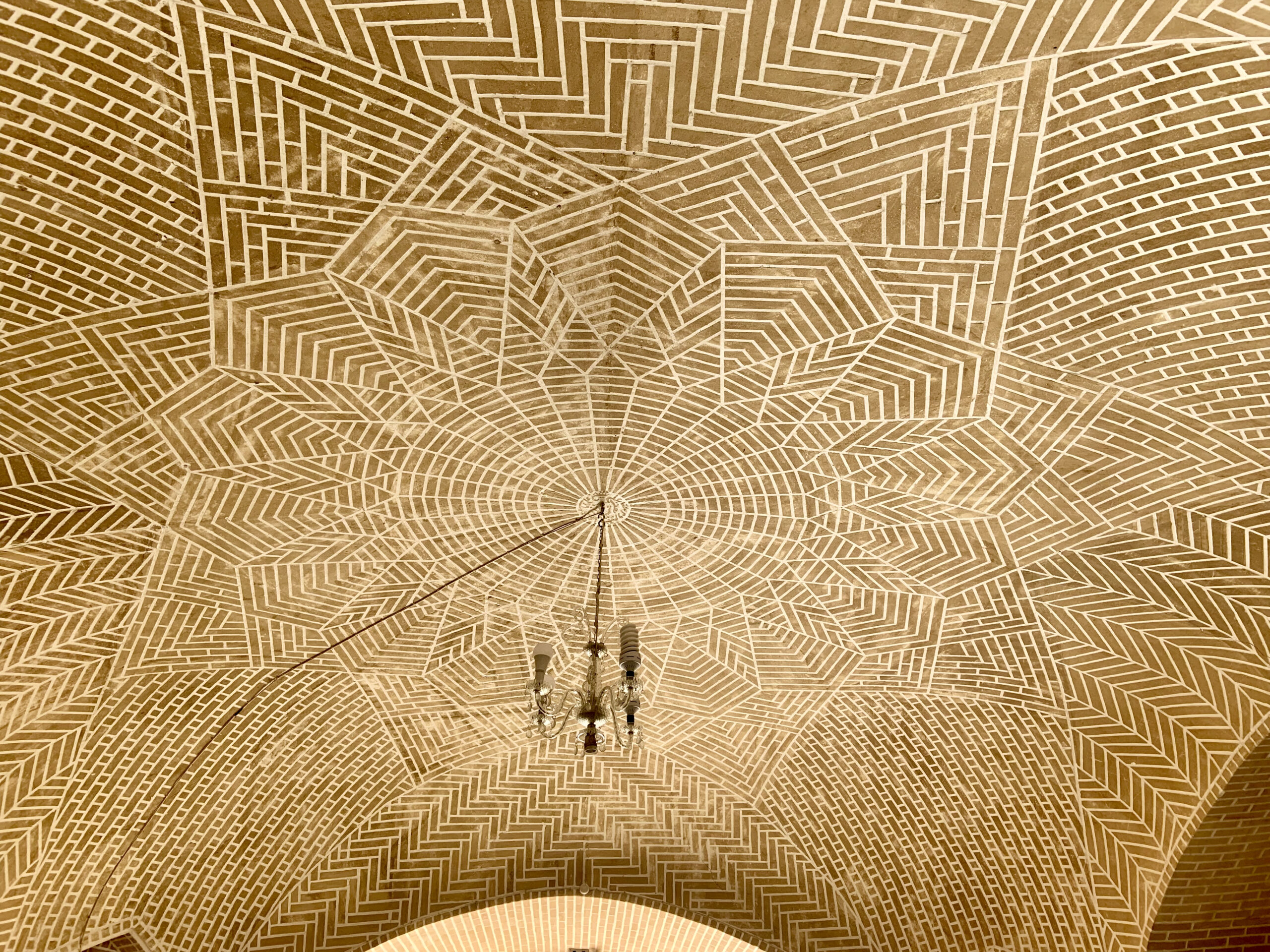
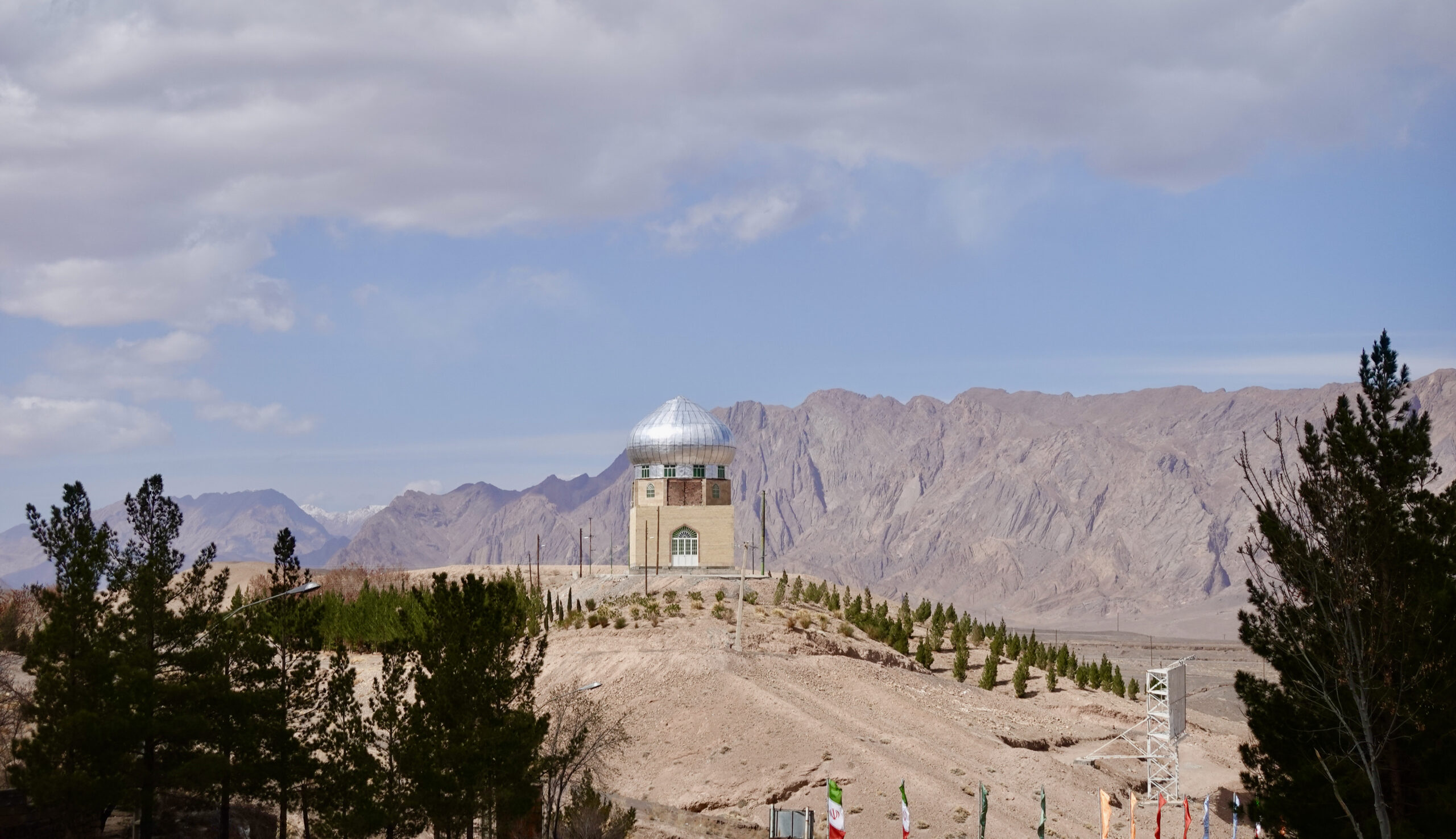

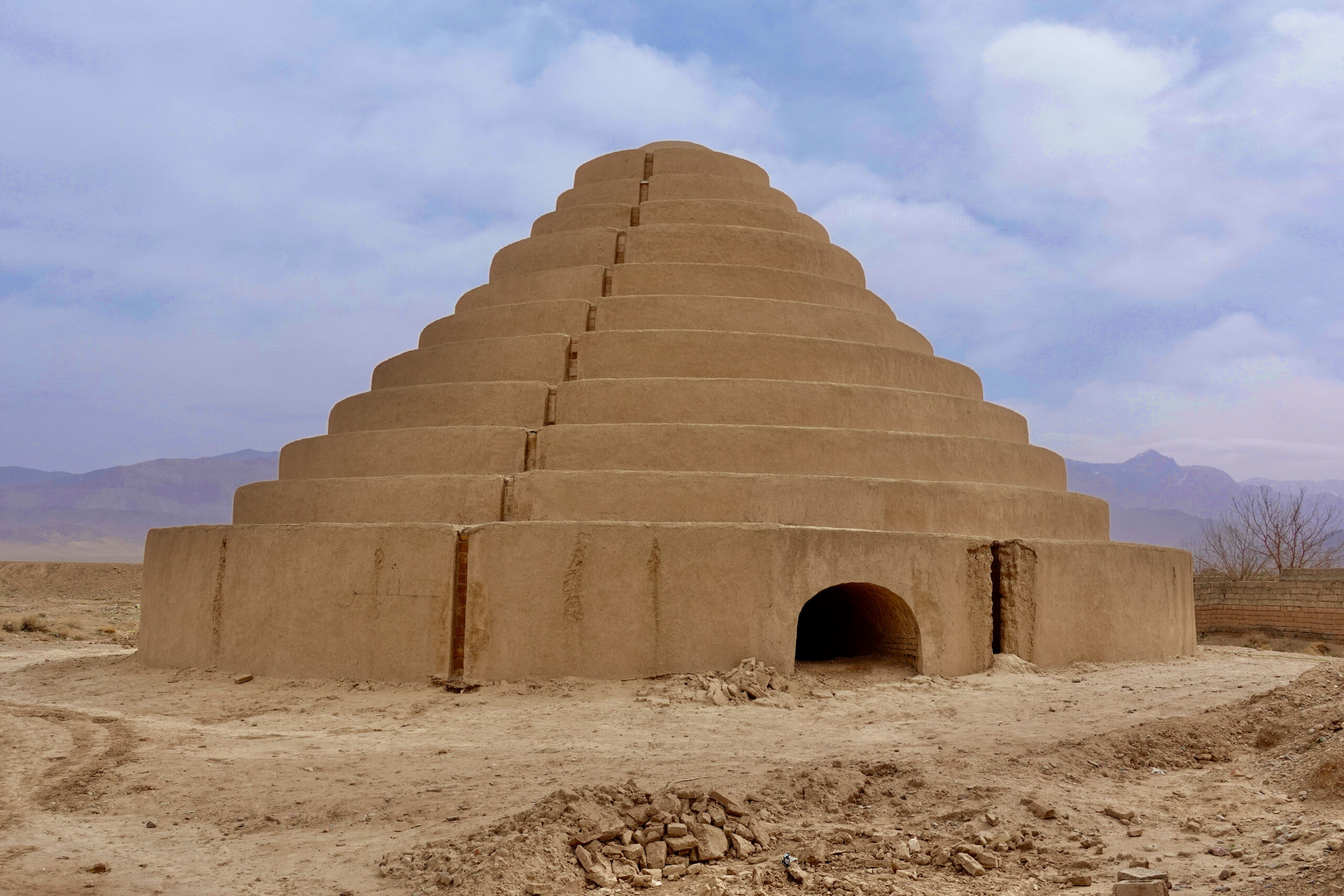

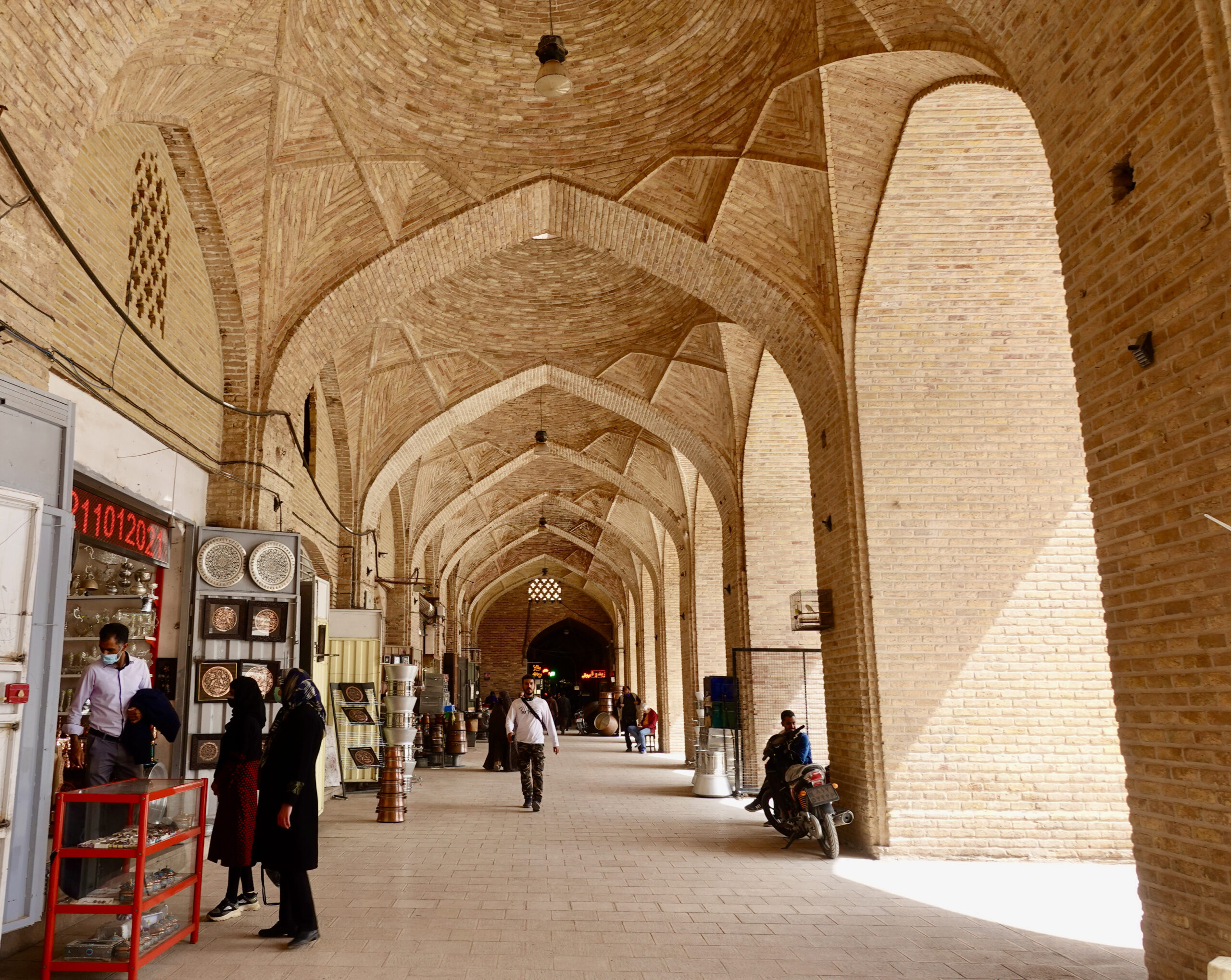

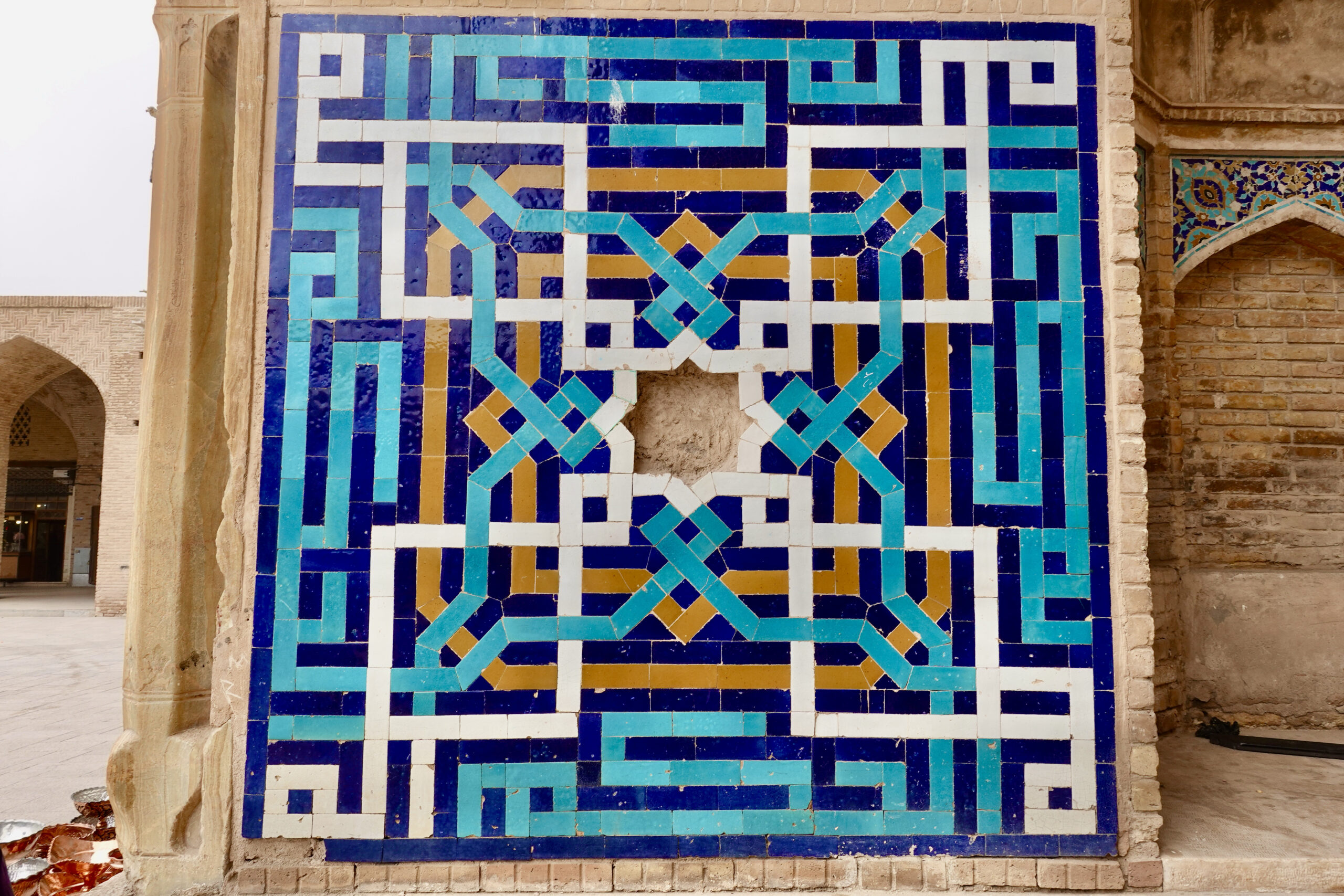
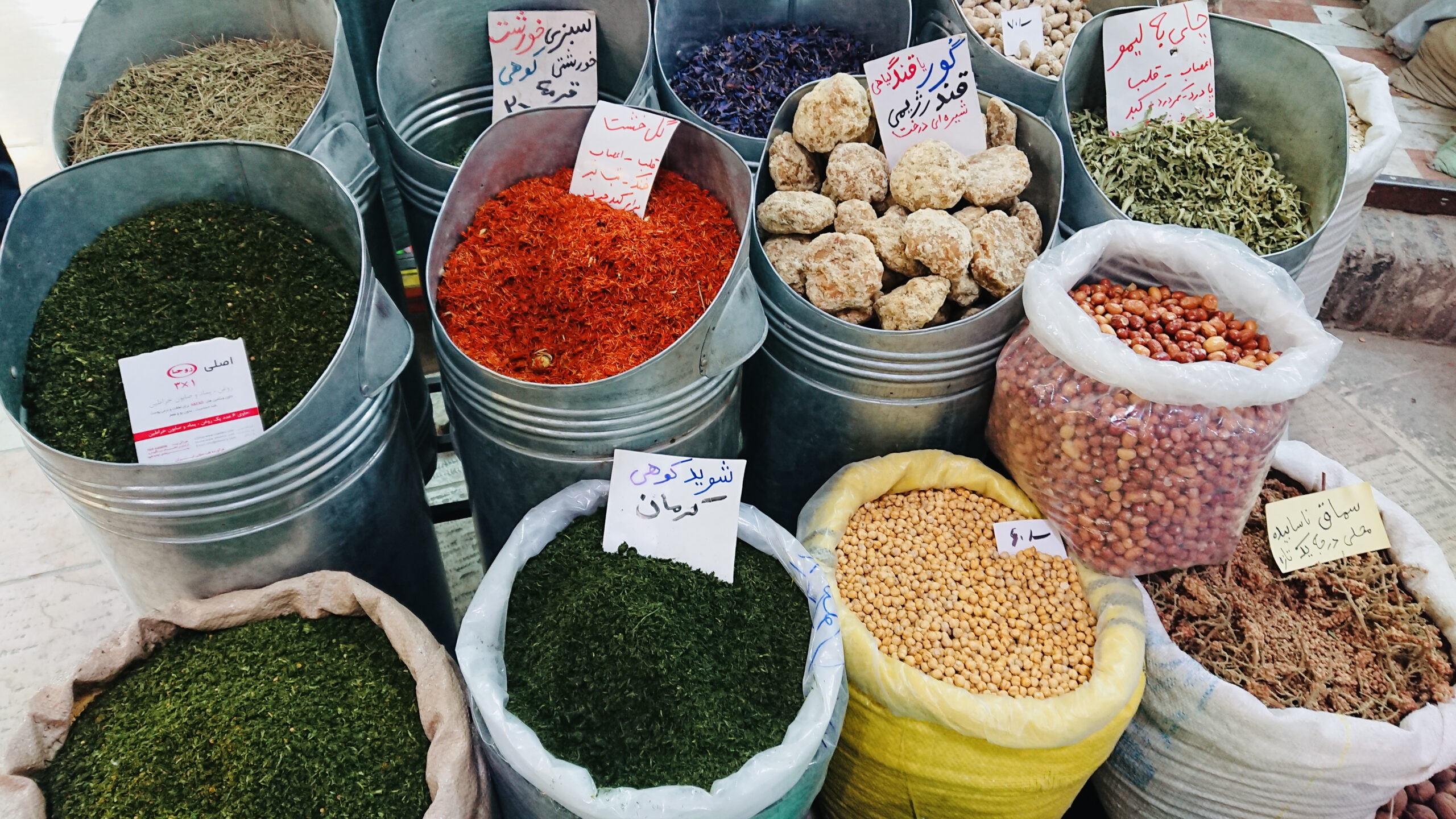
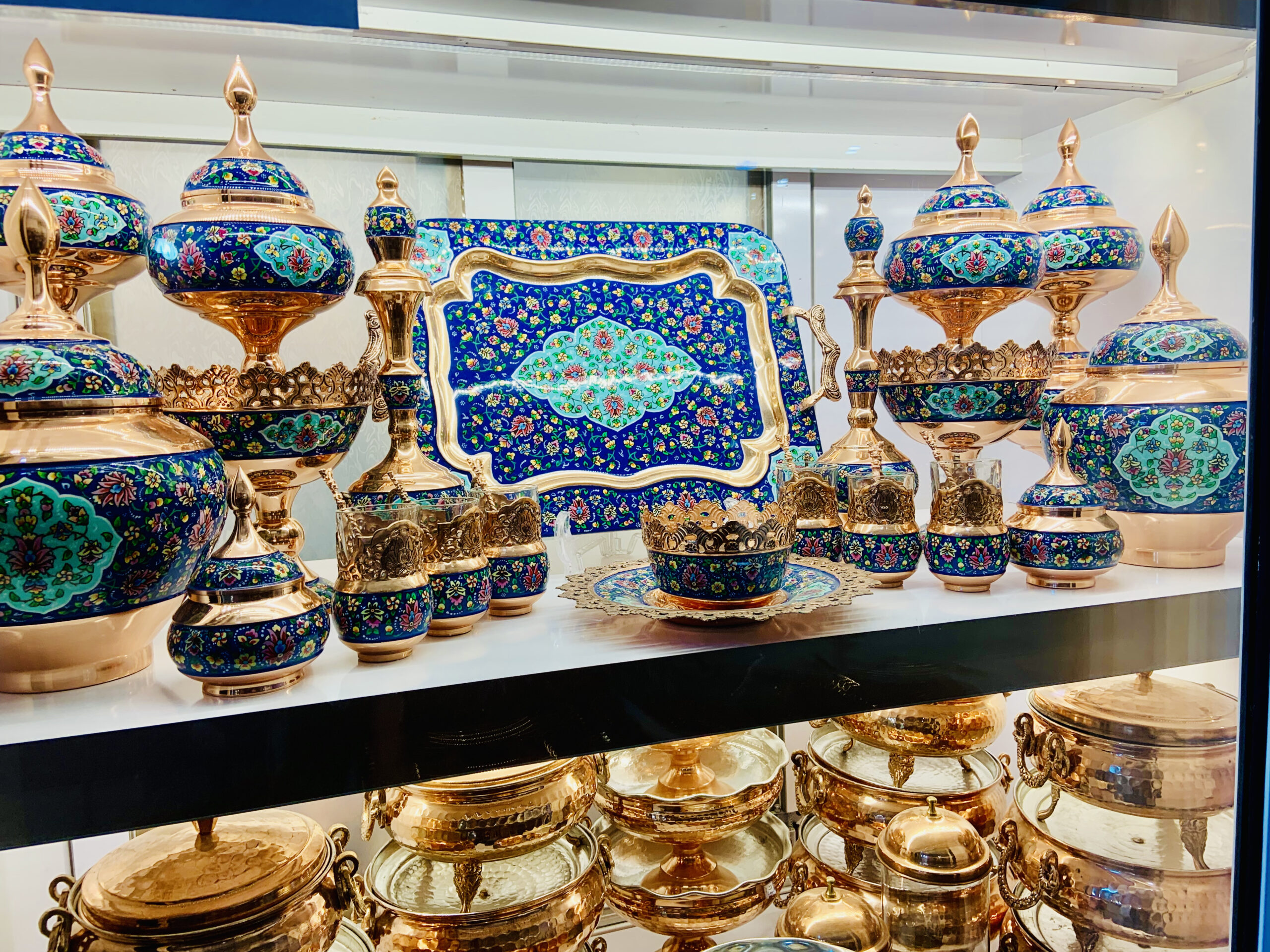
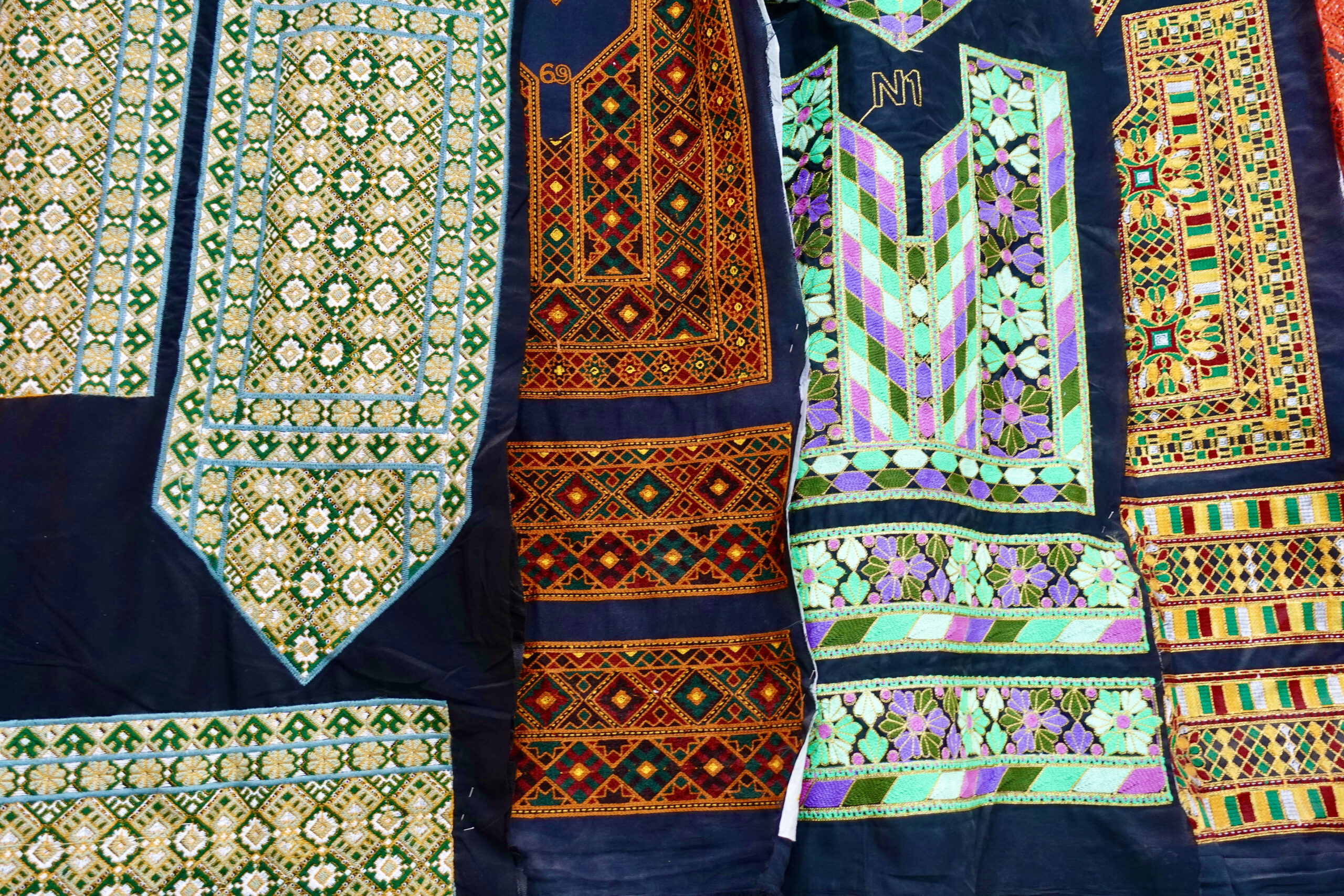
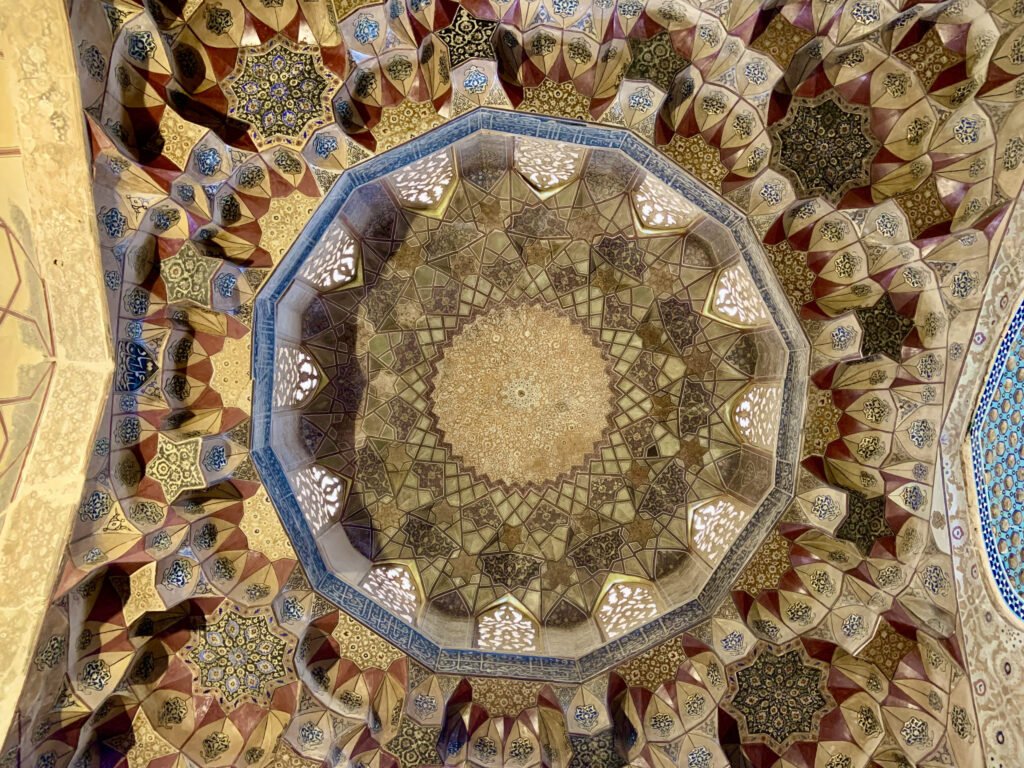
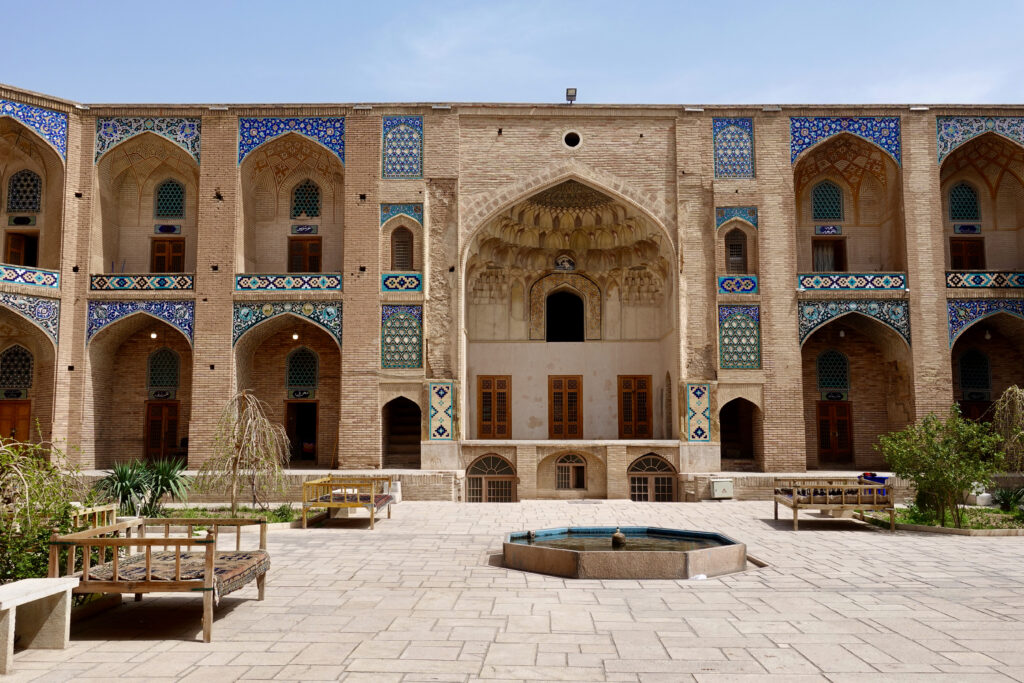
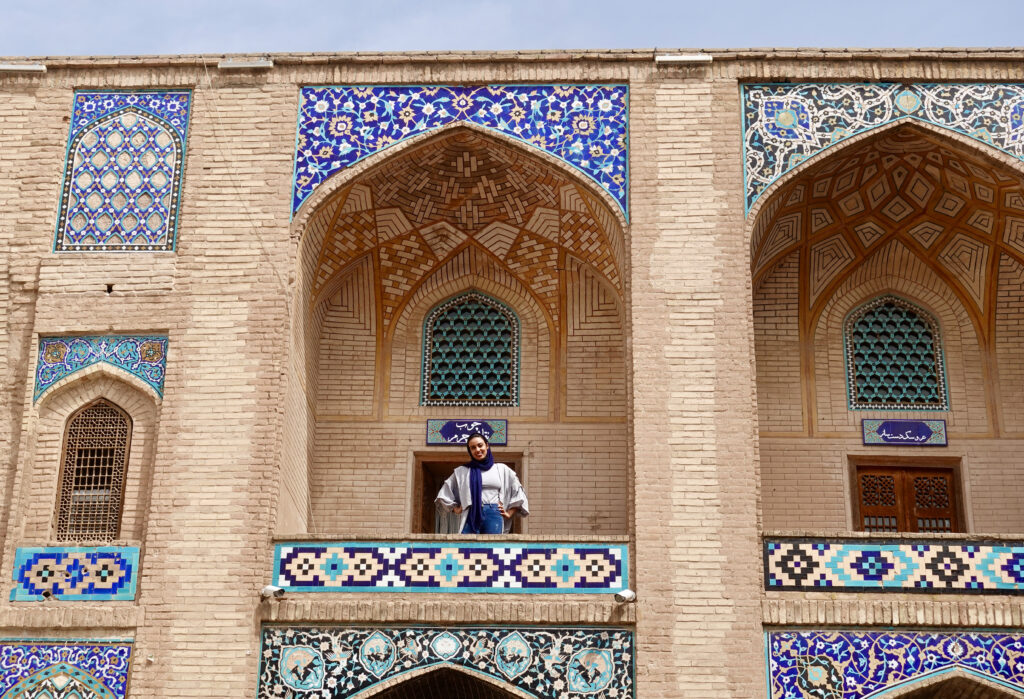
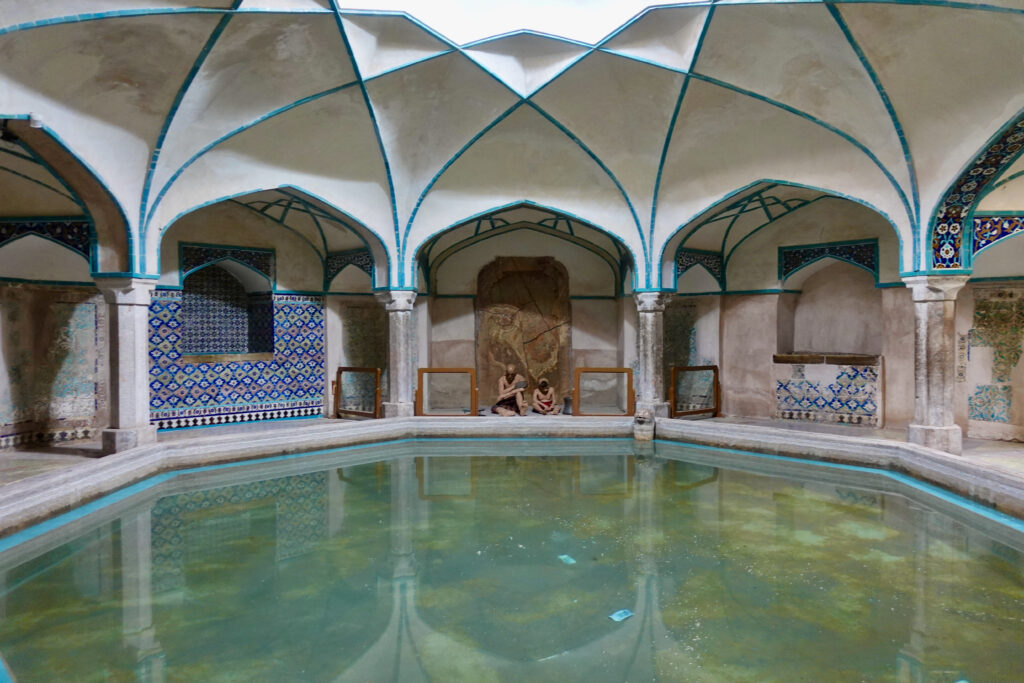
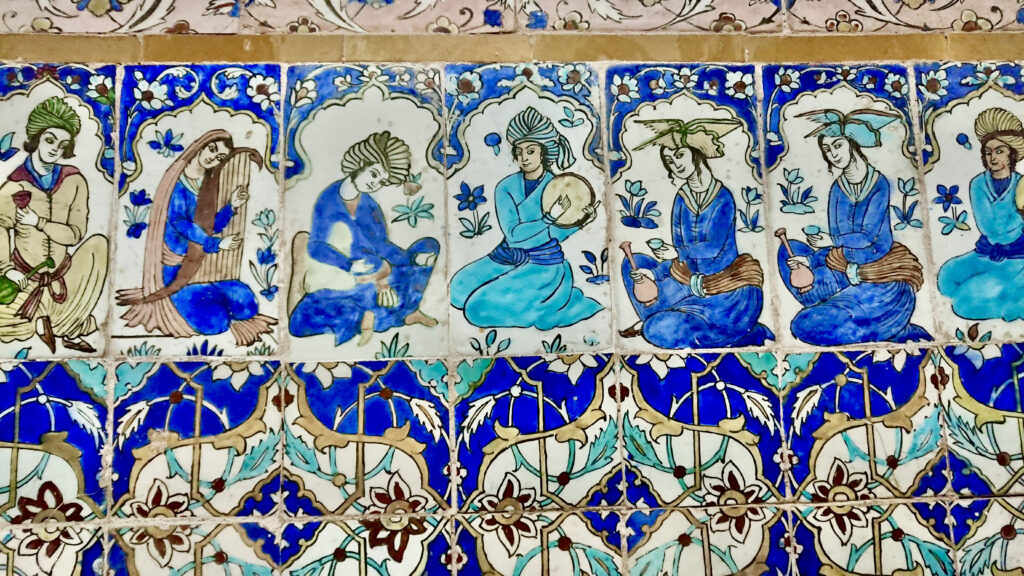
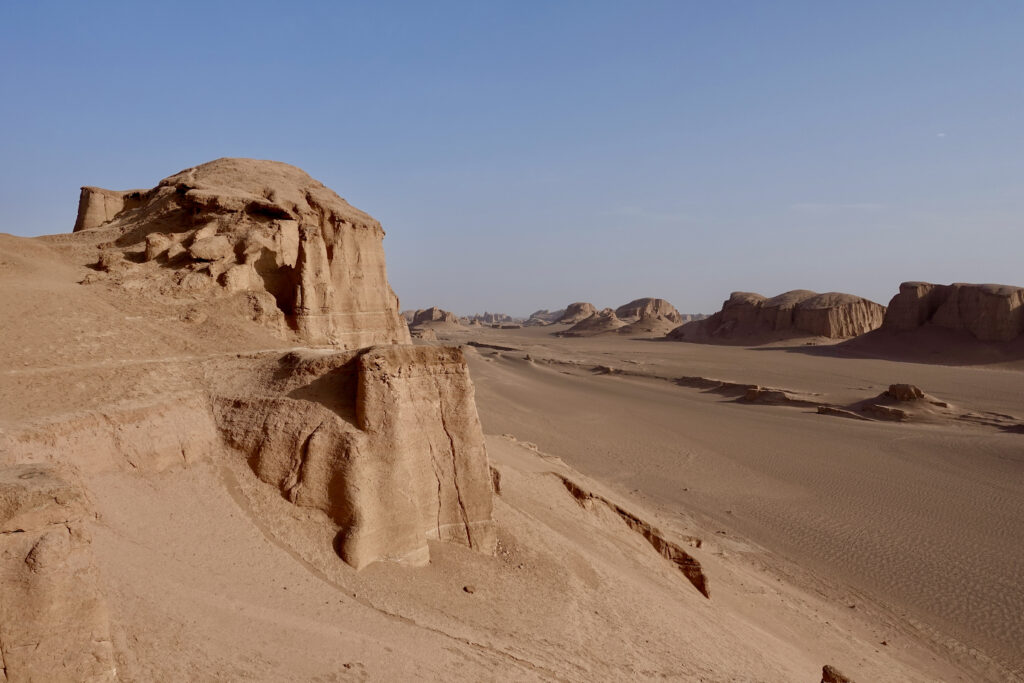
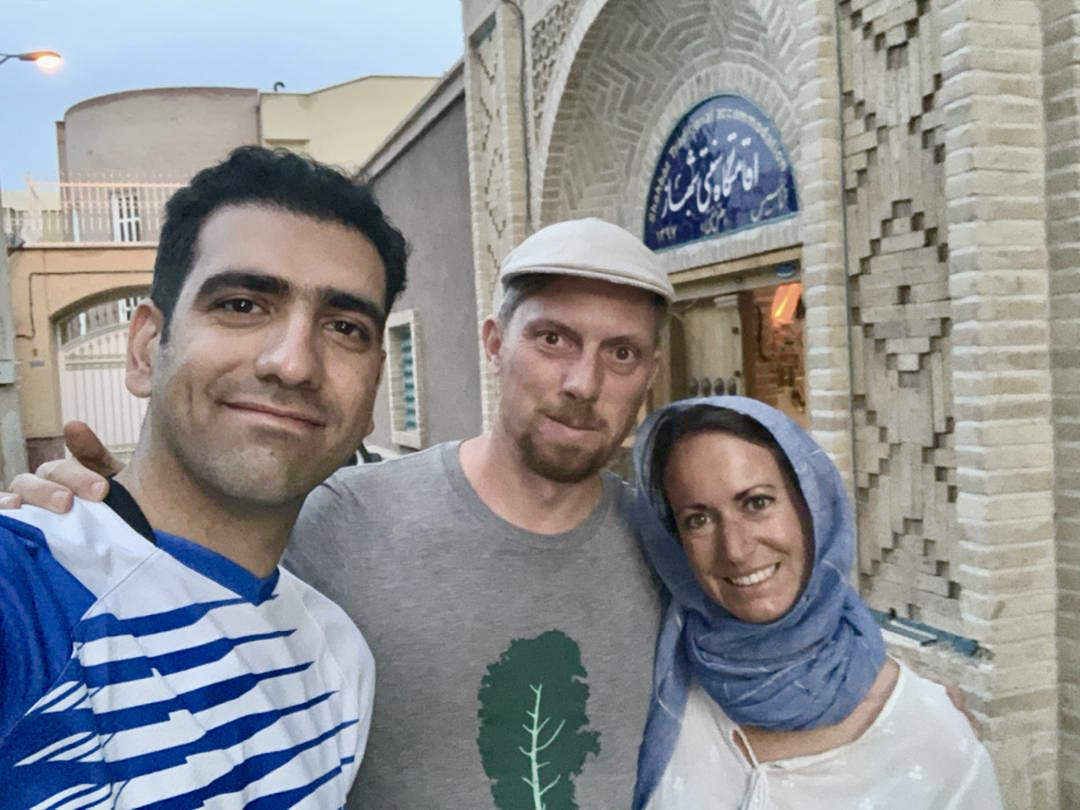
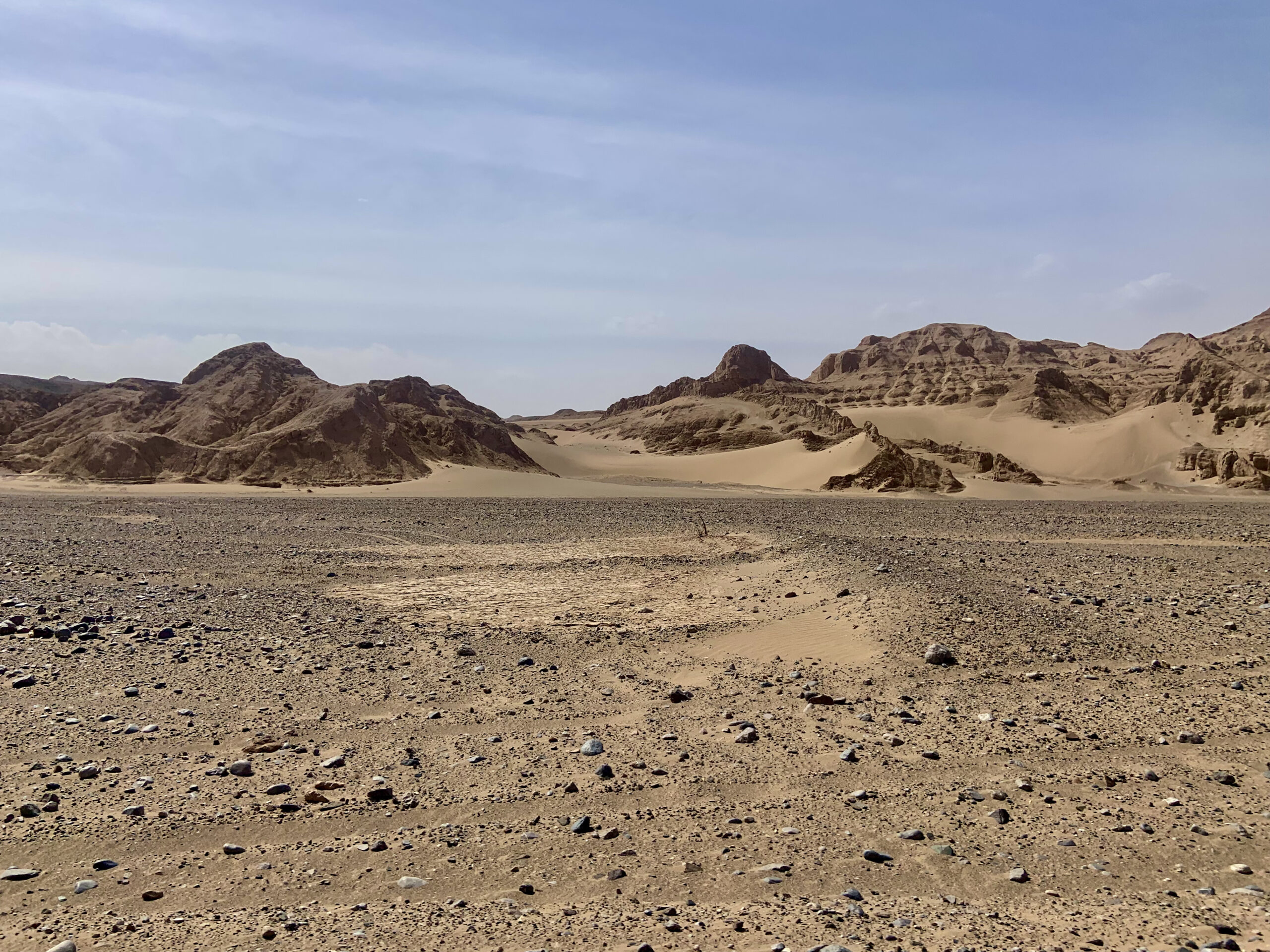
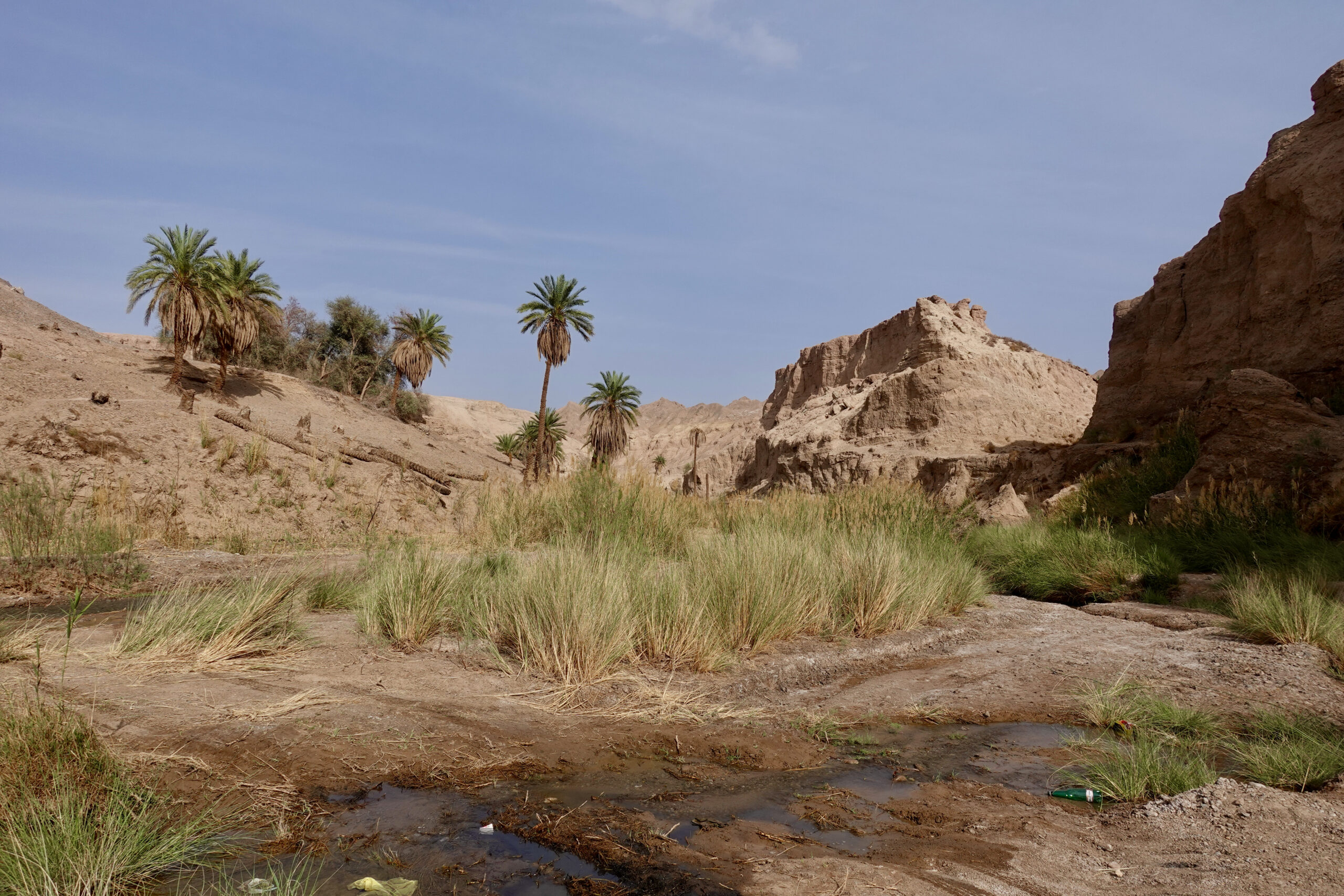
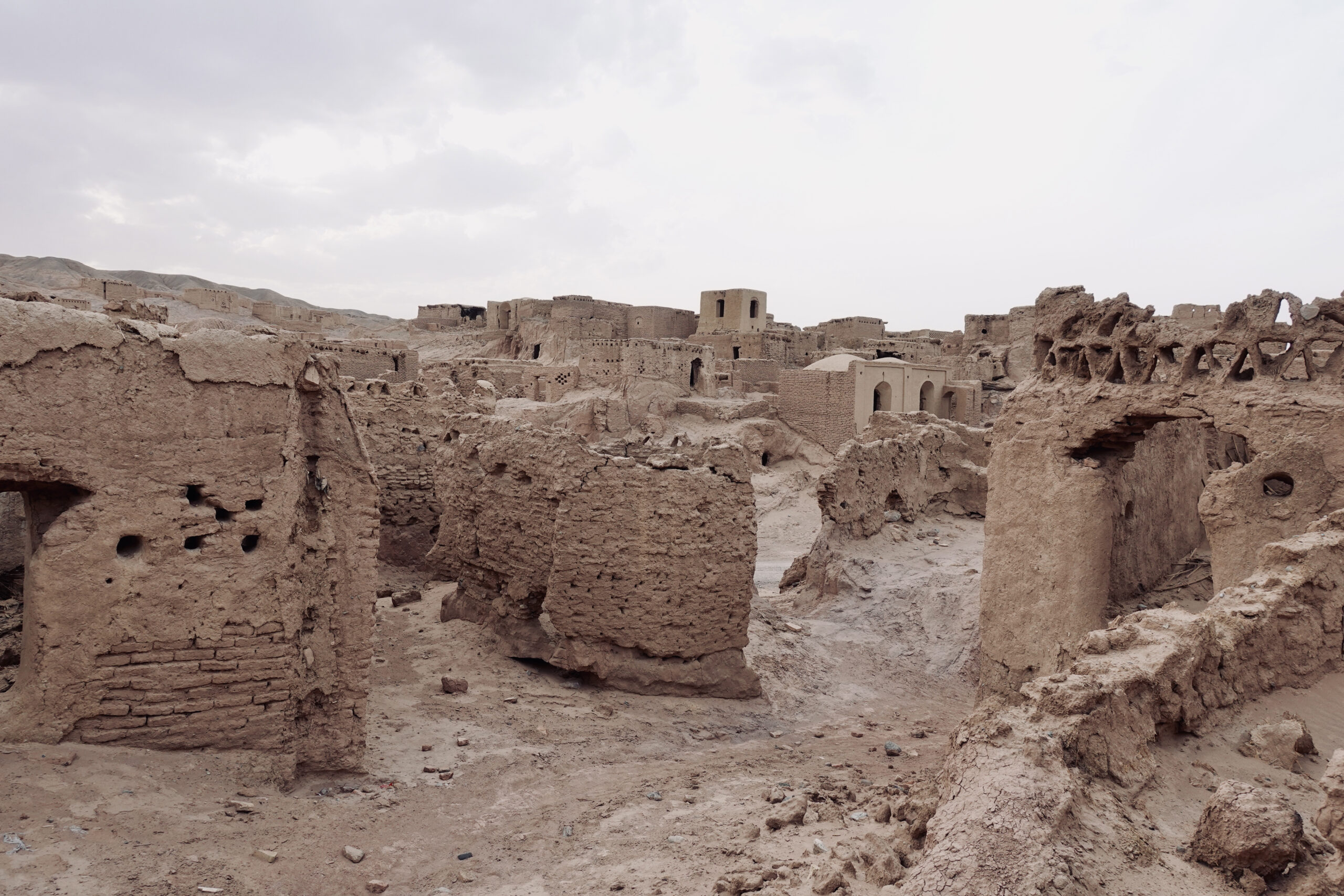
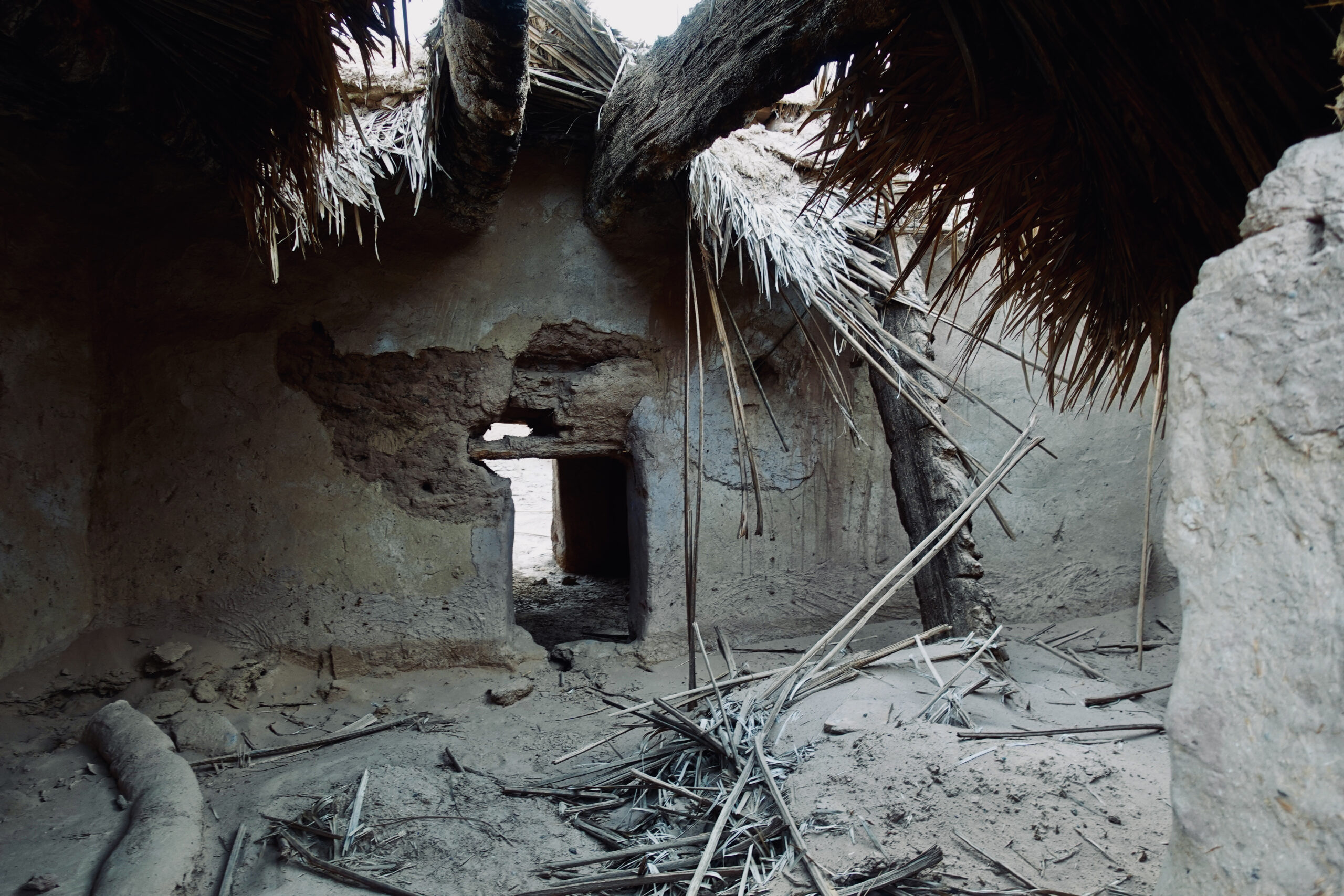

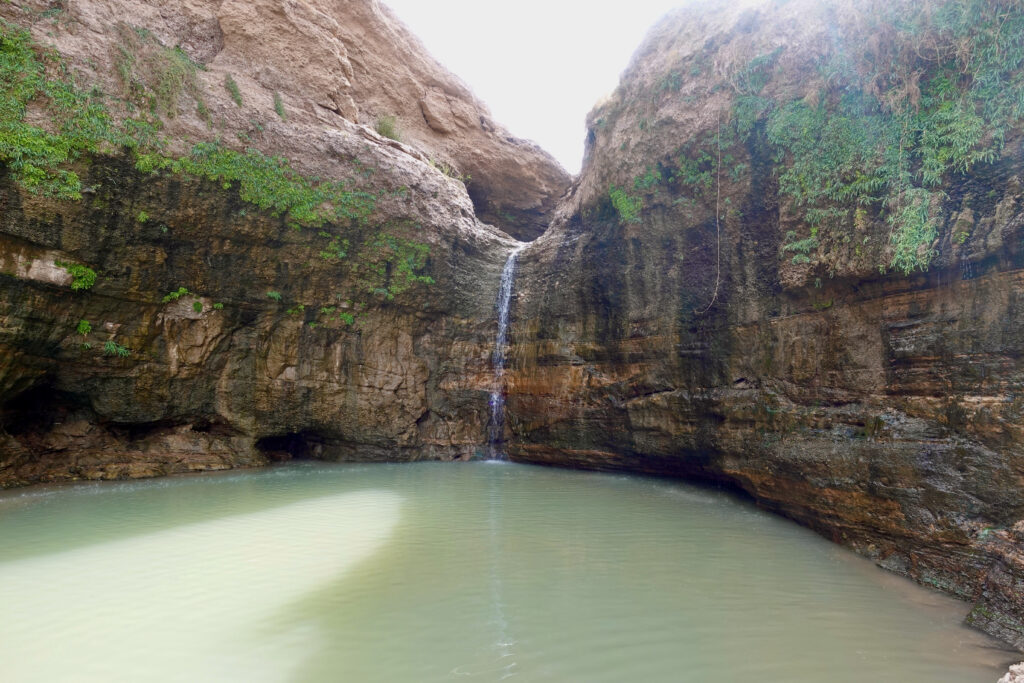
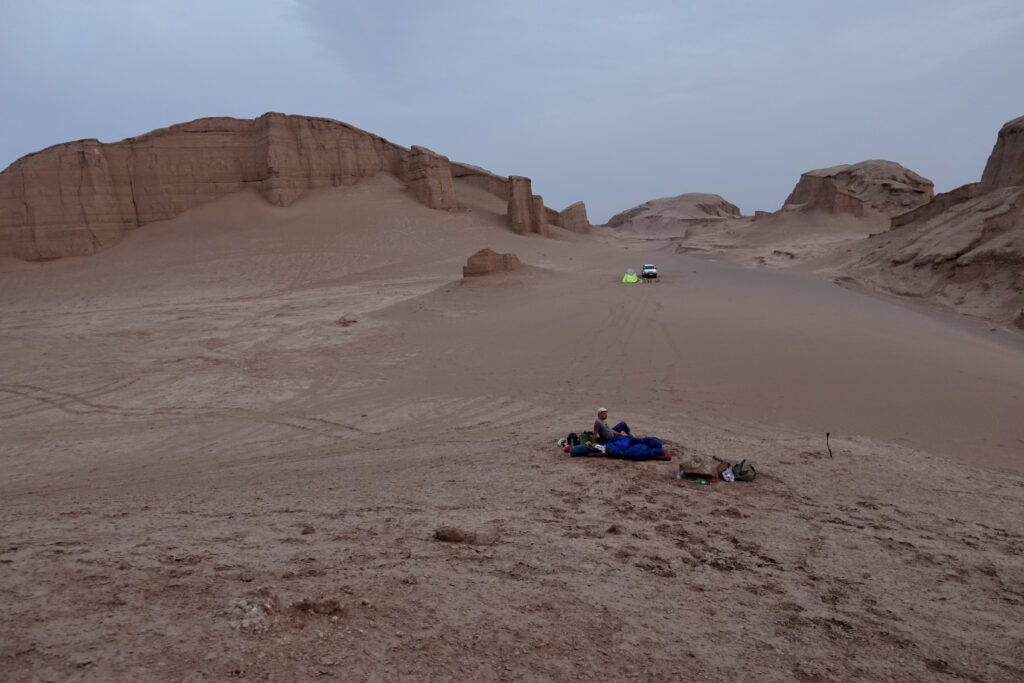

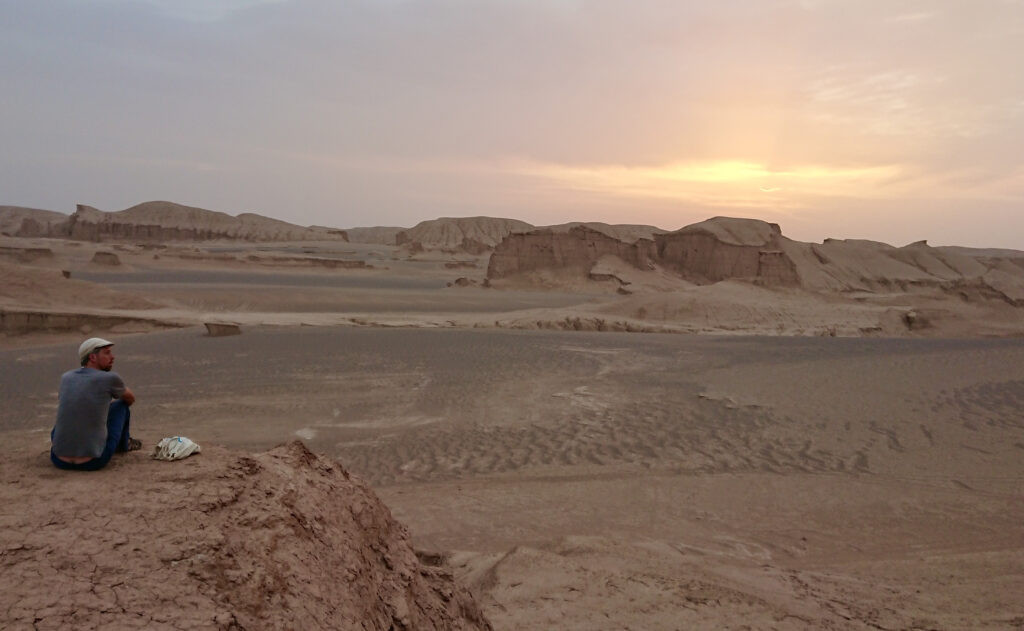
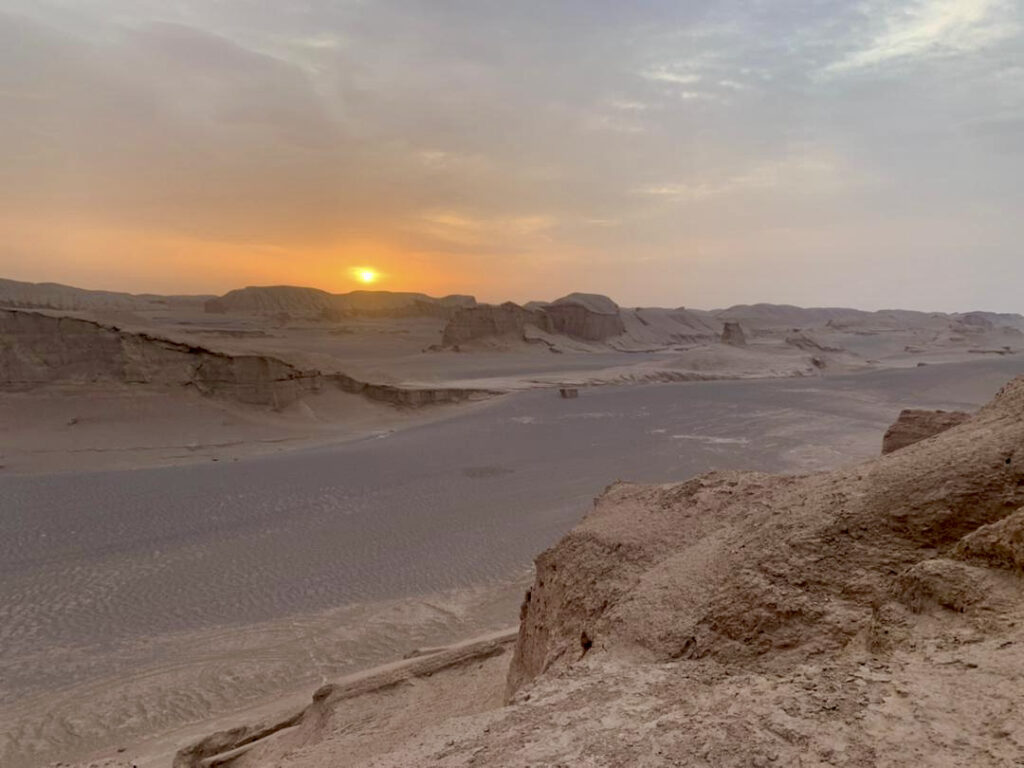


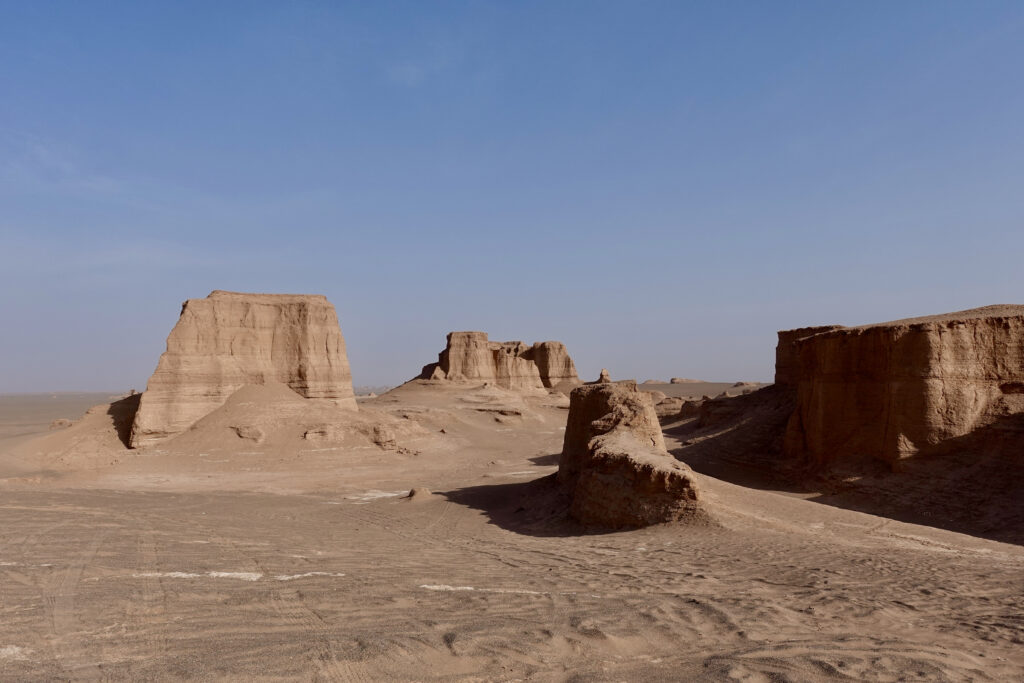
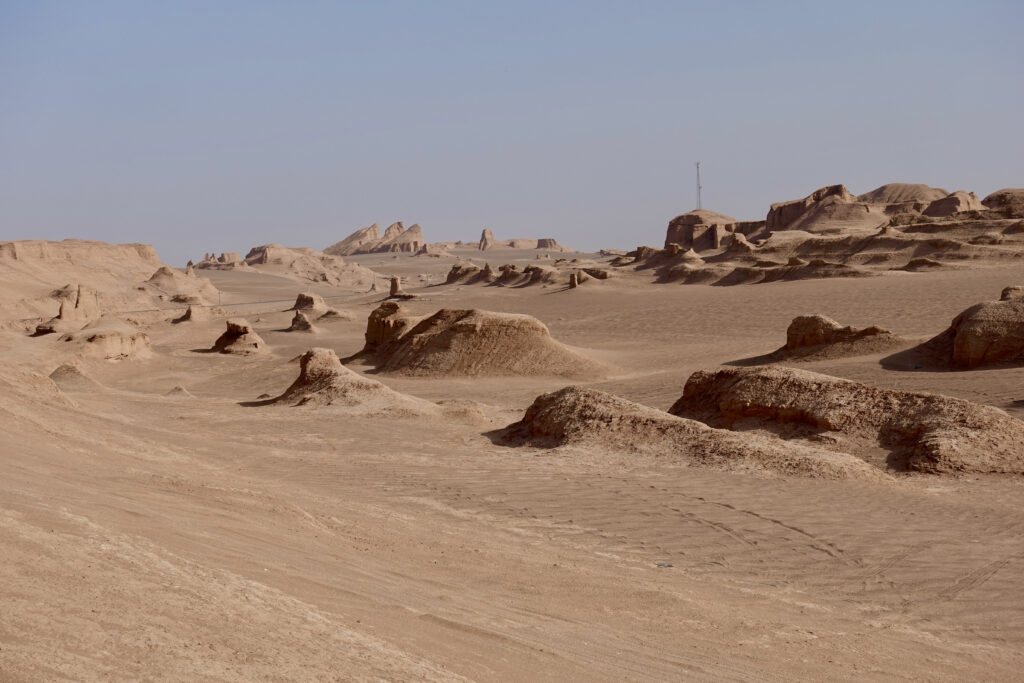
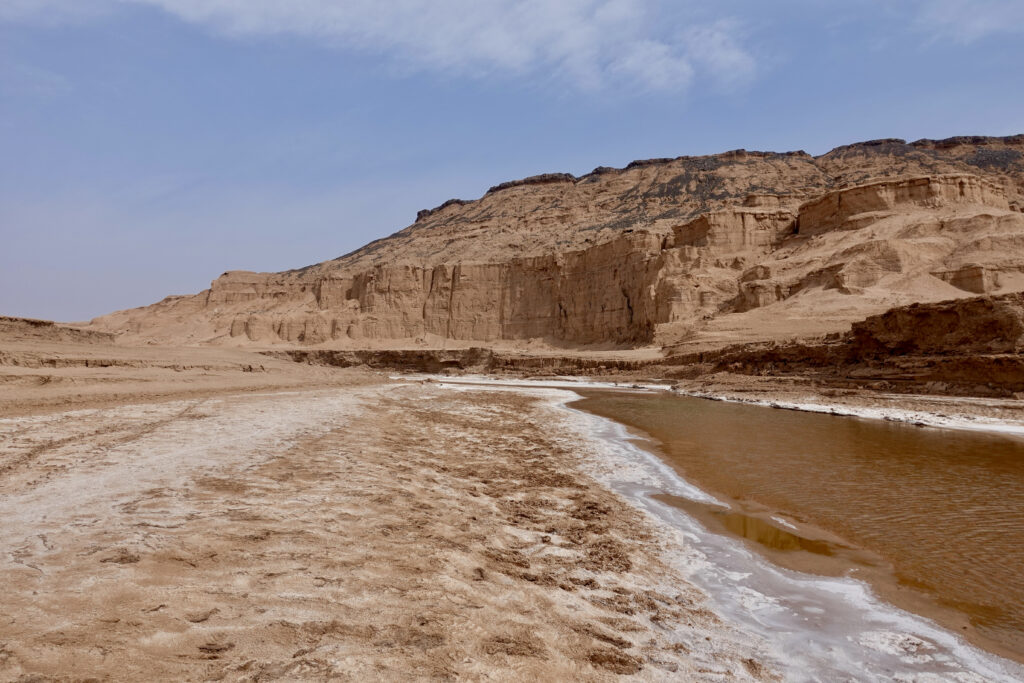
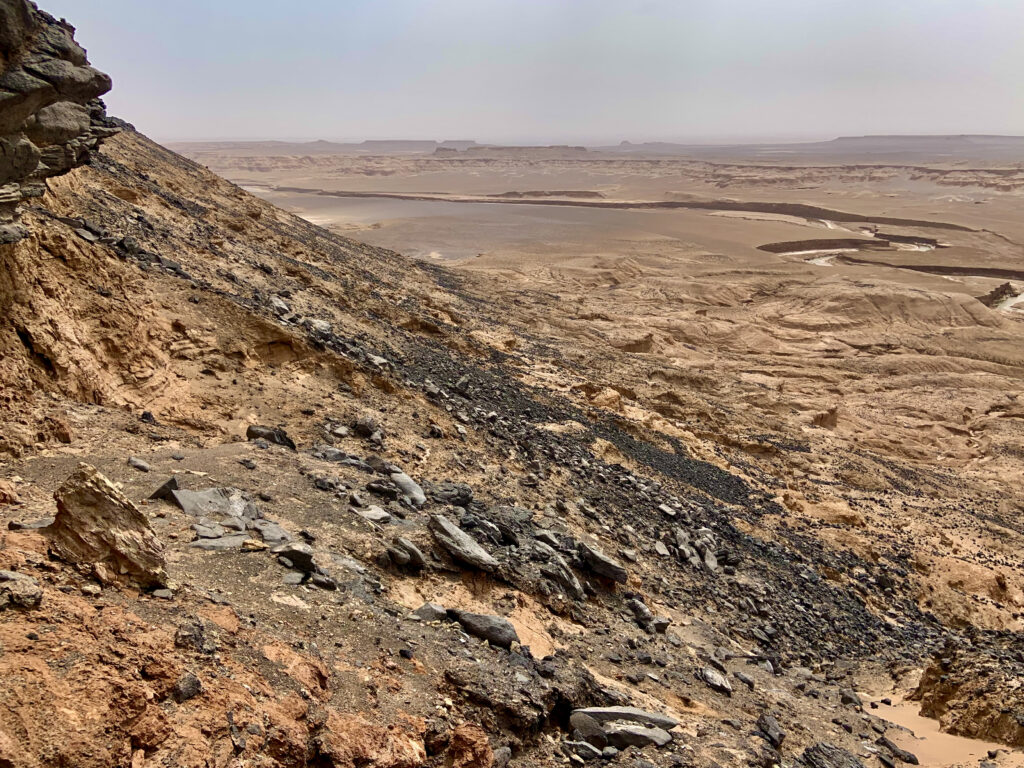
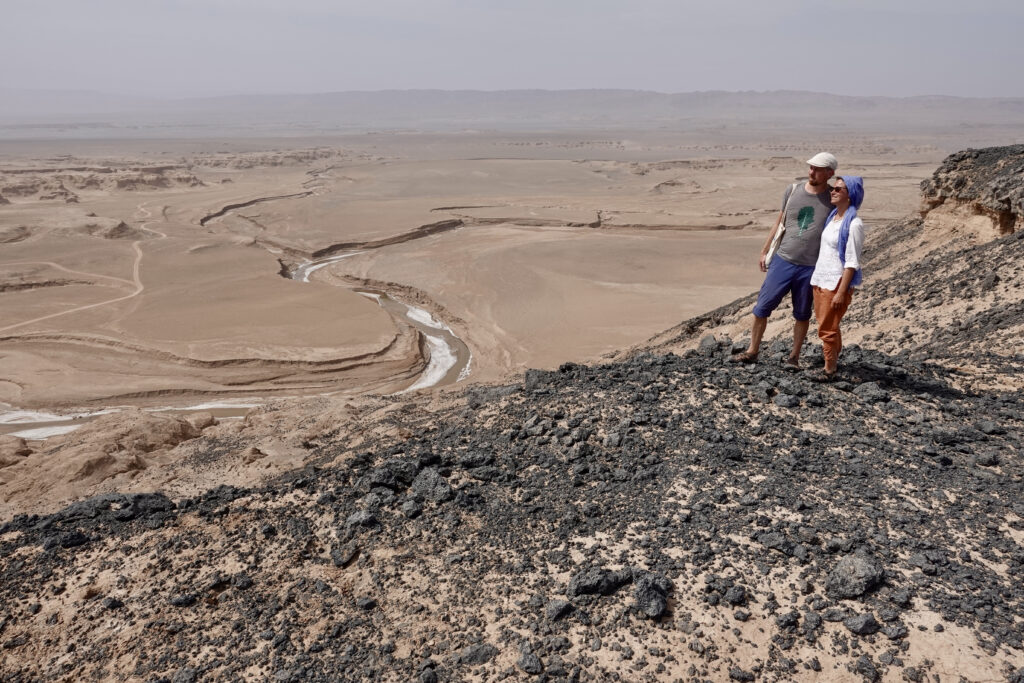
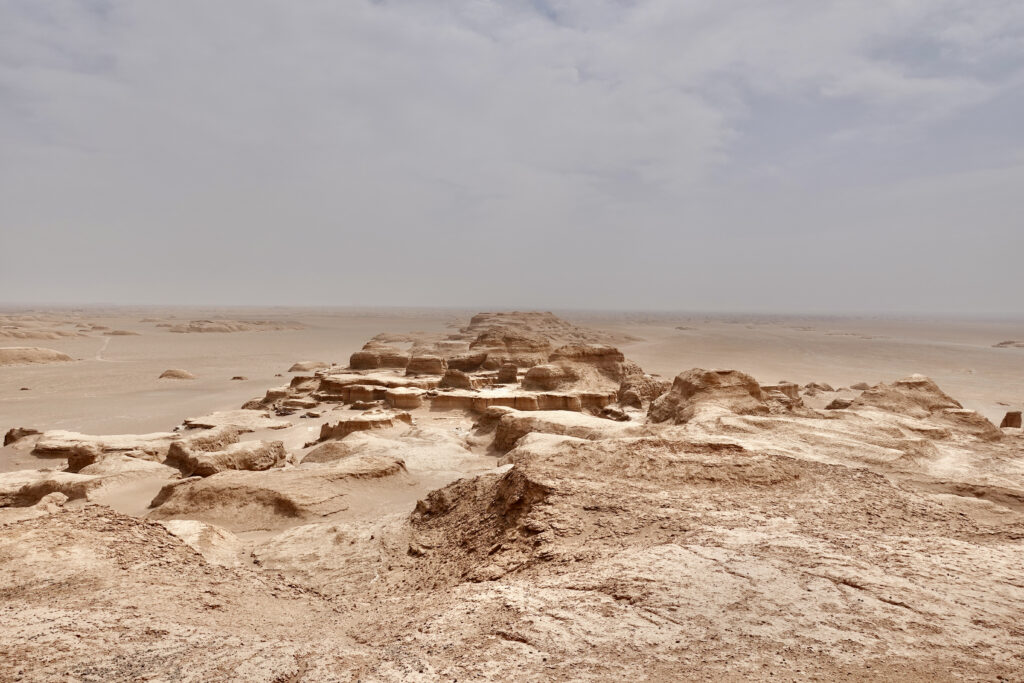

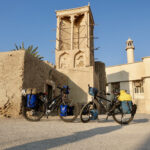
Leave a Reply